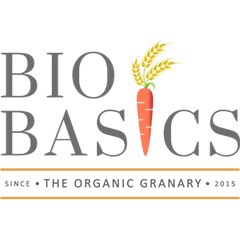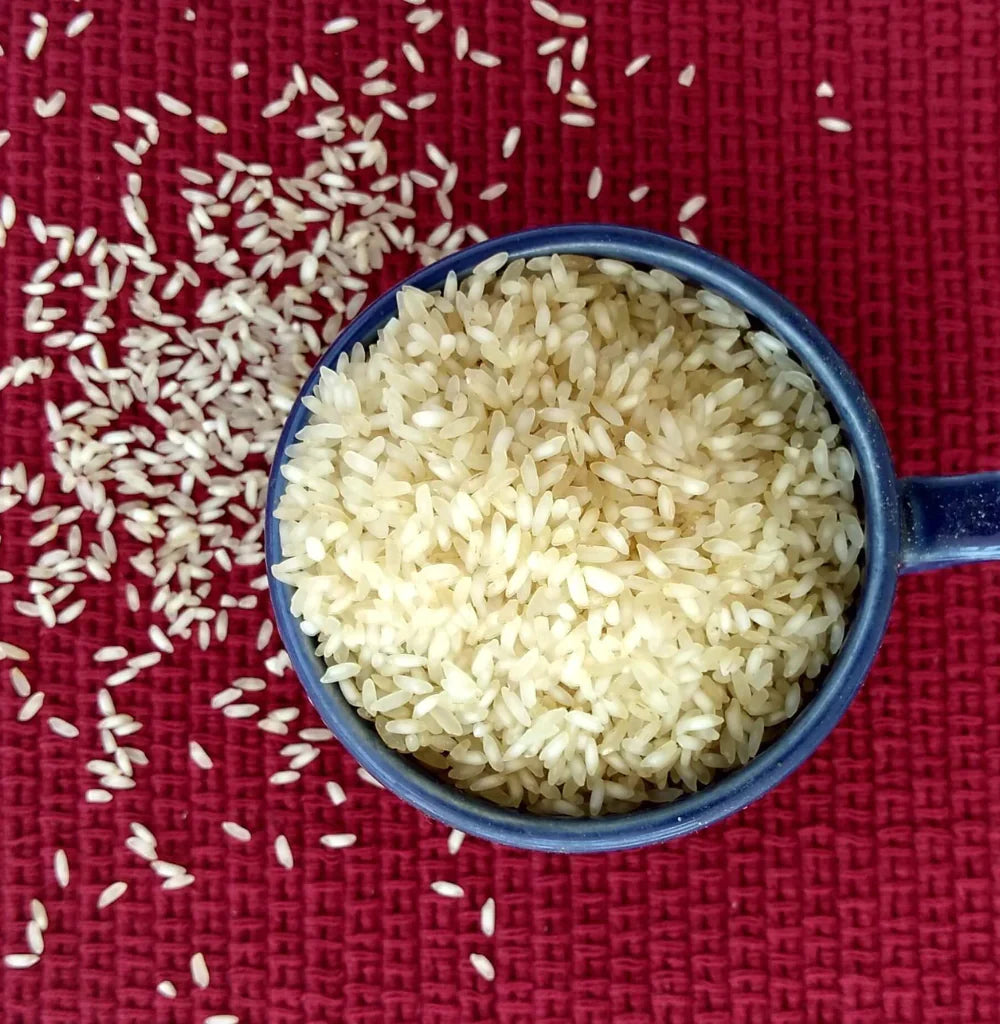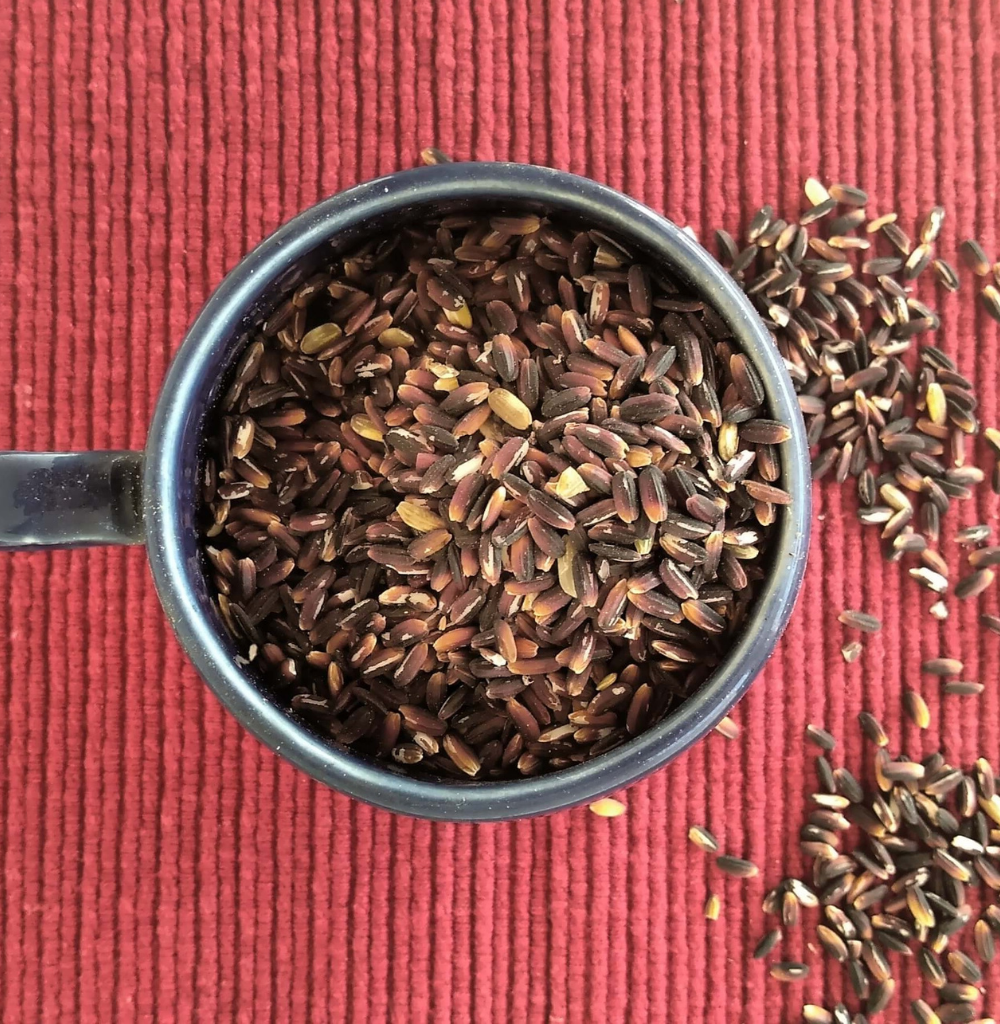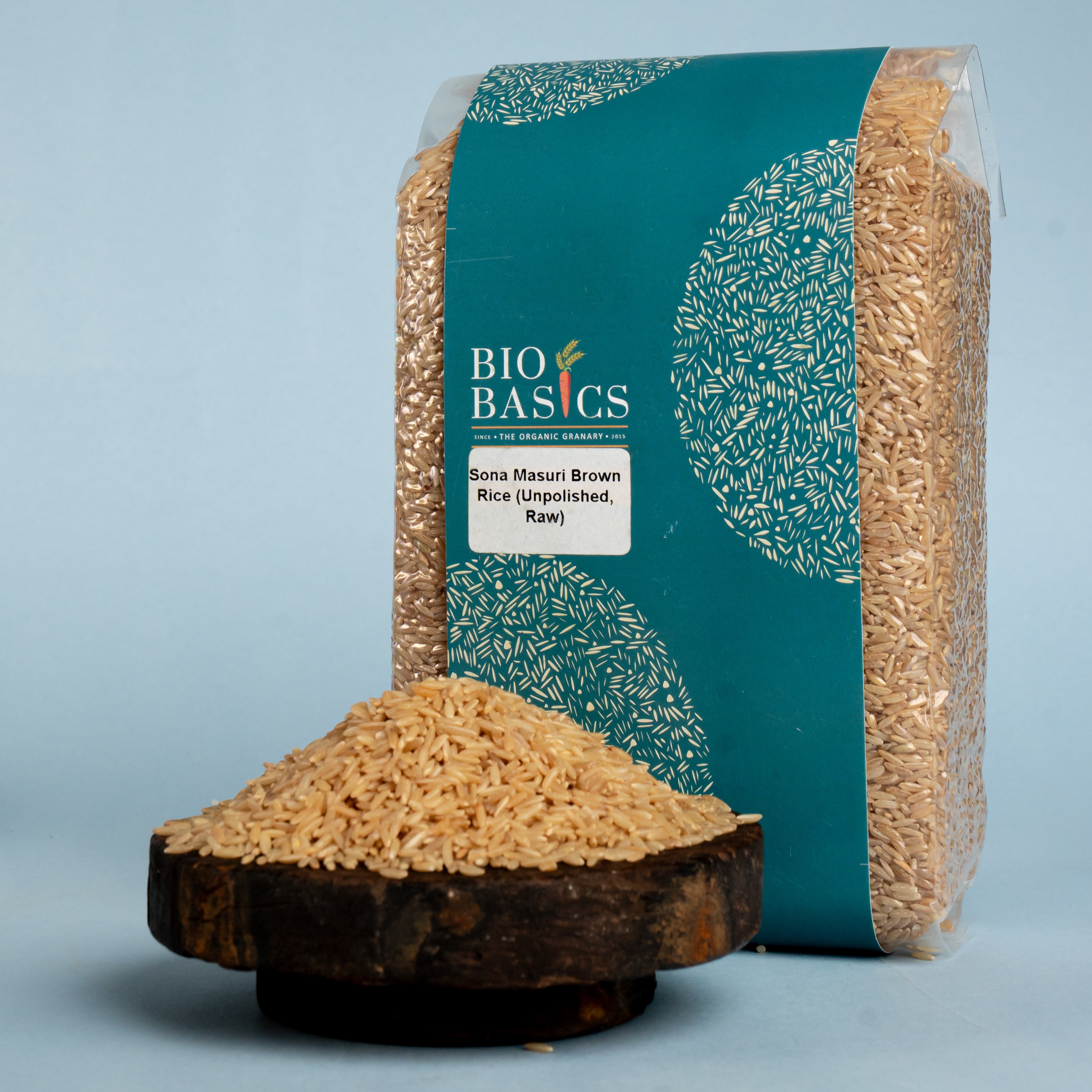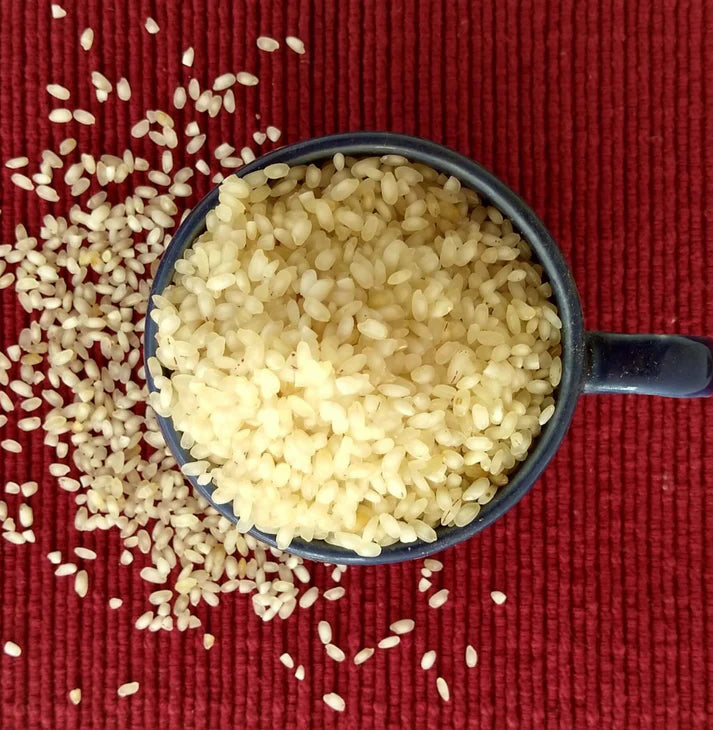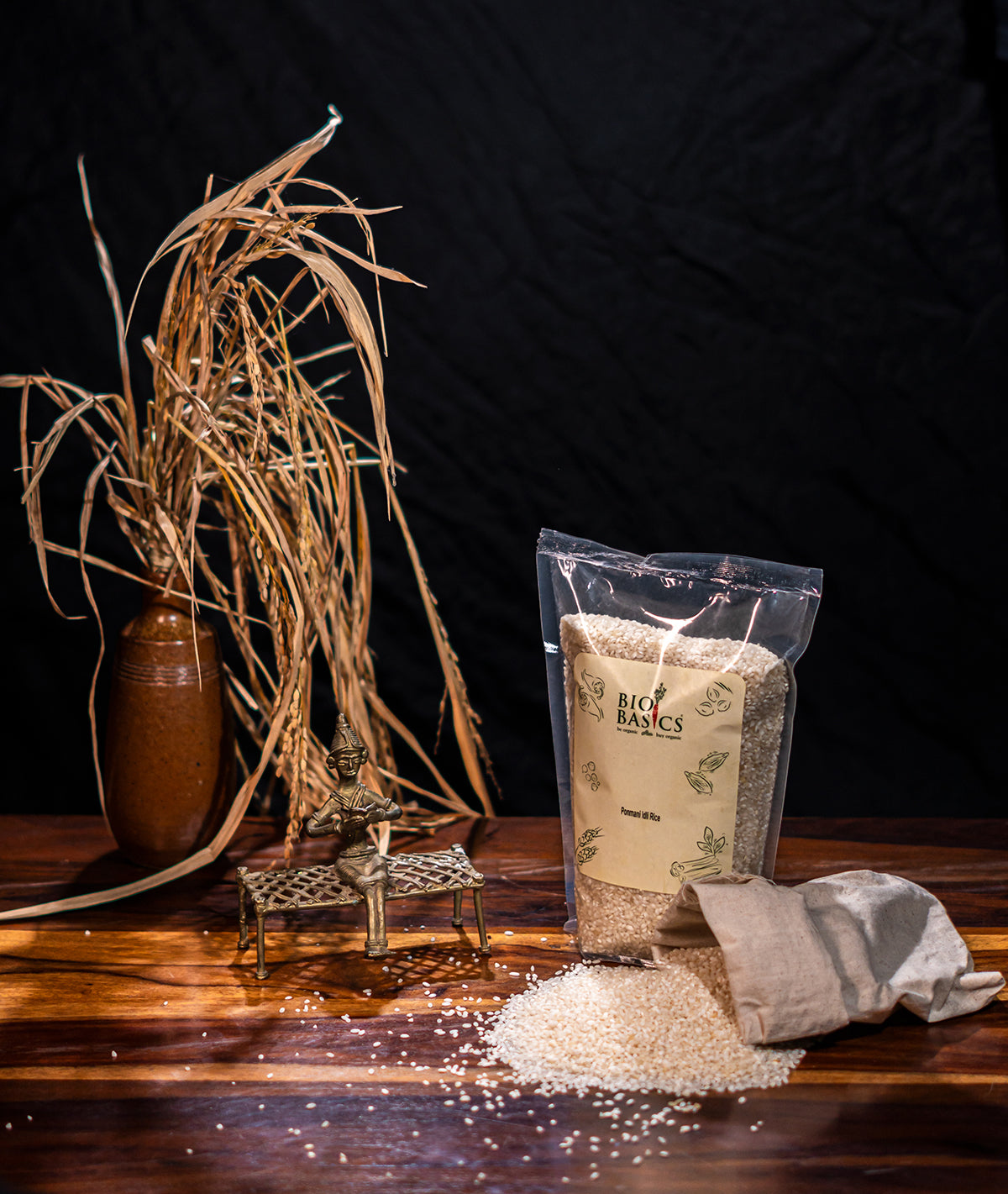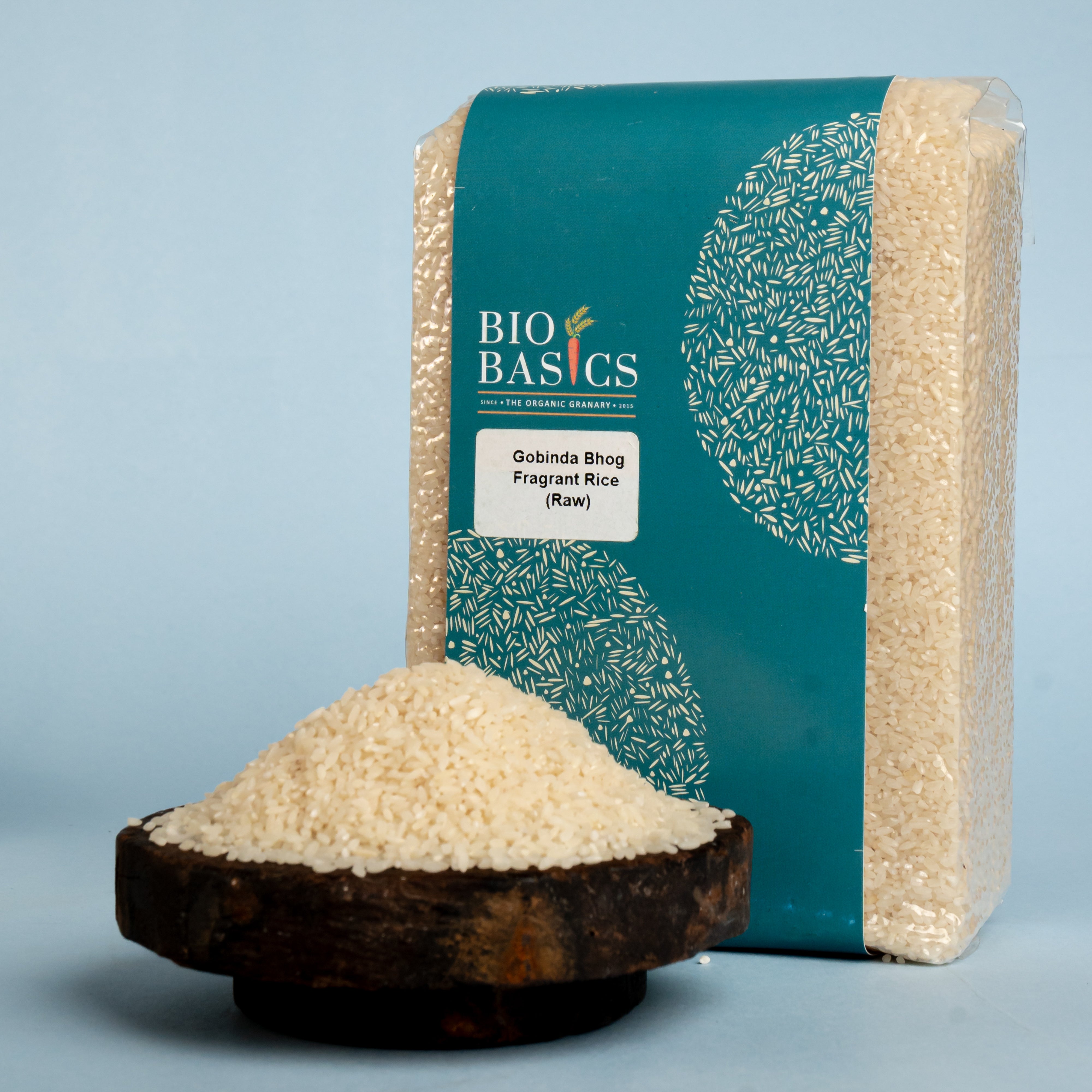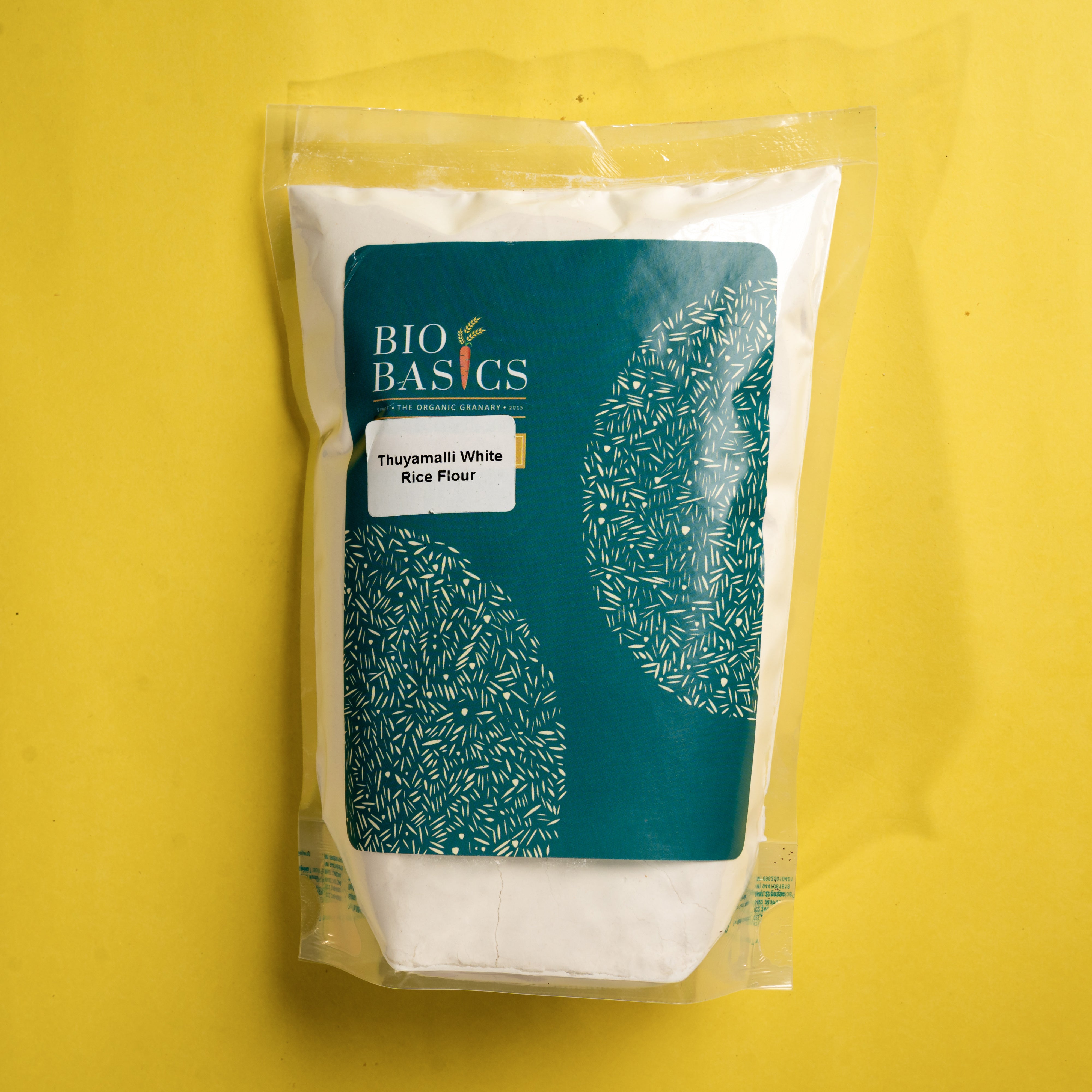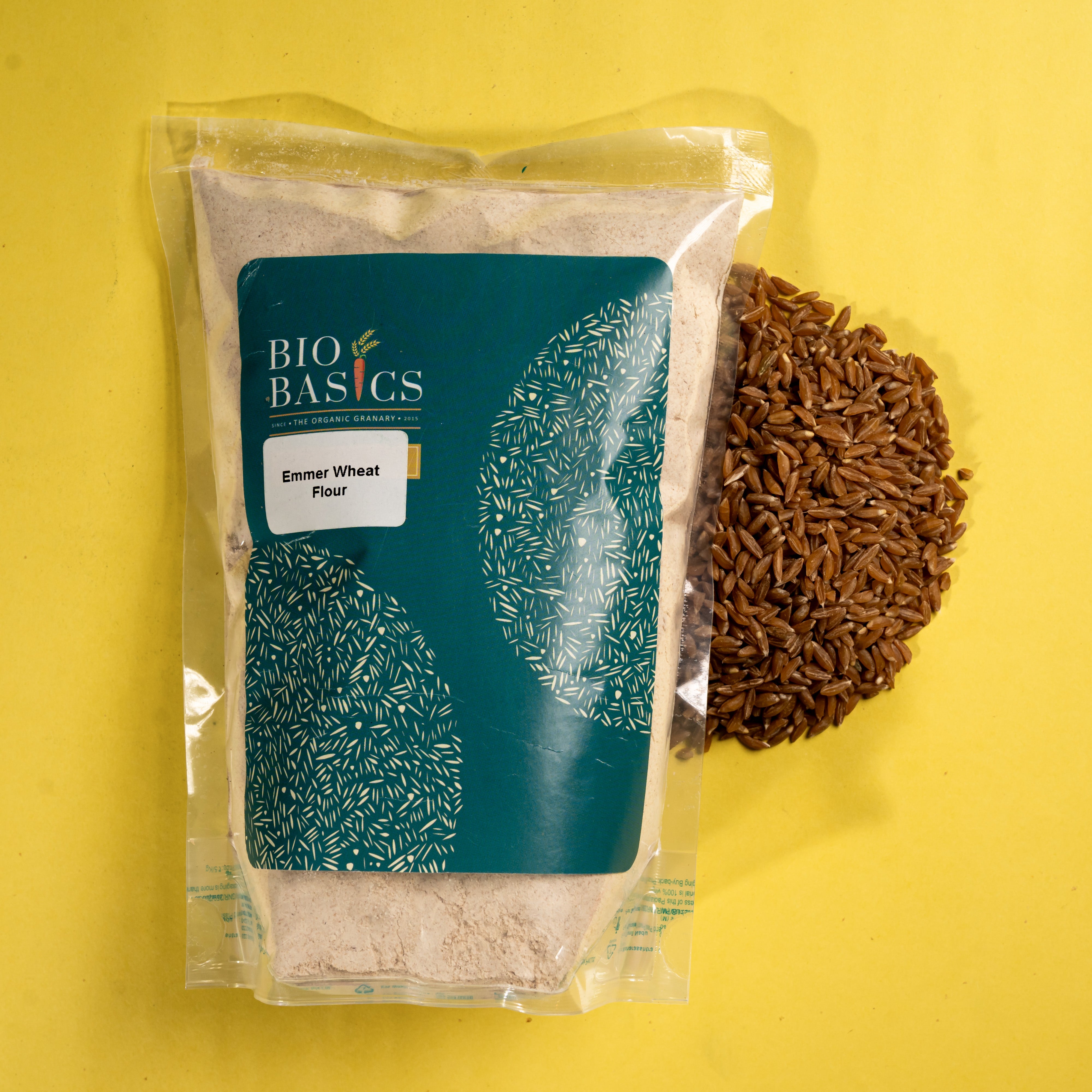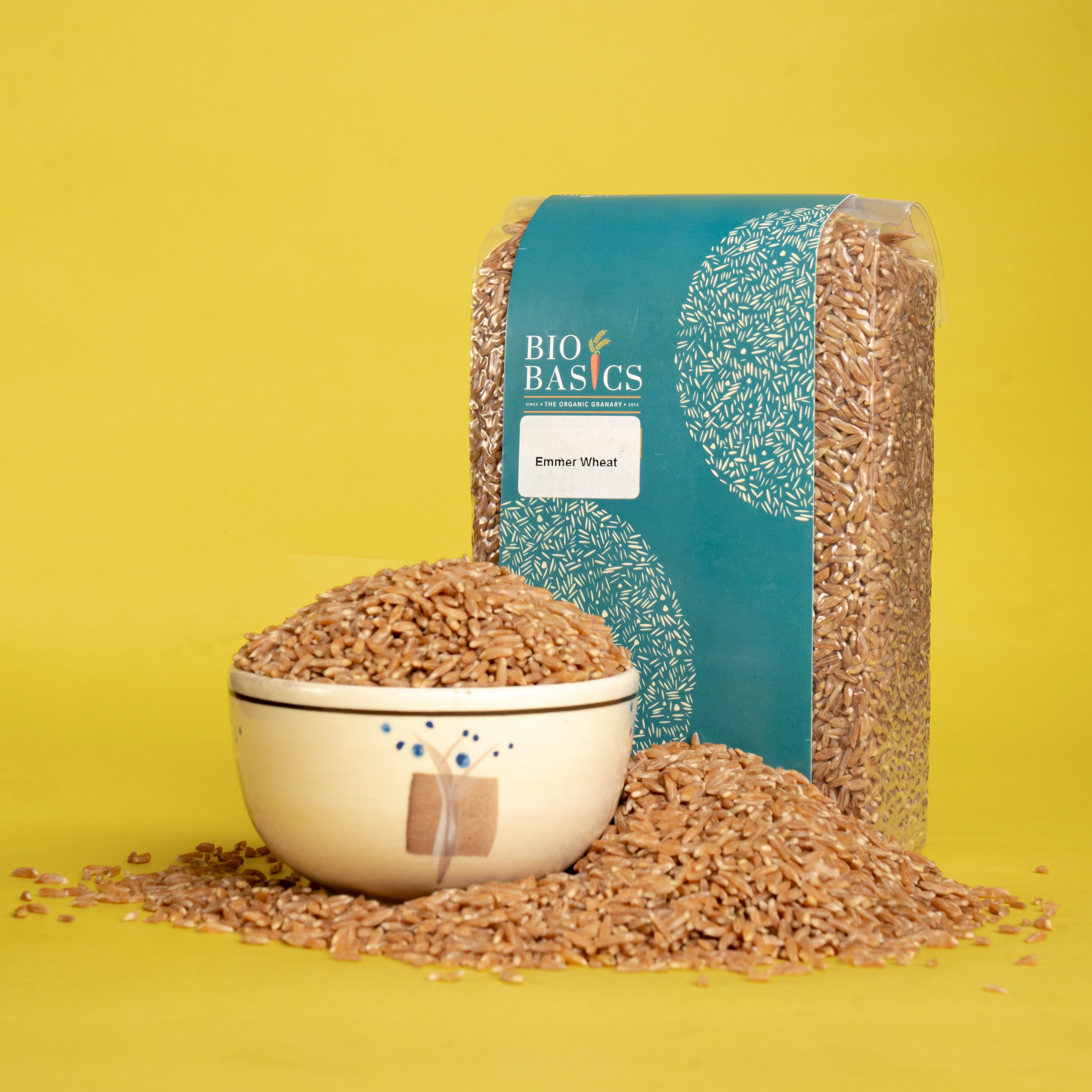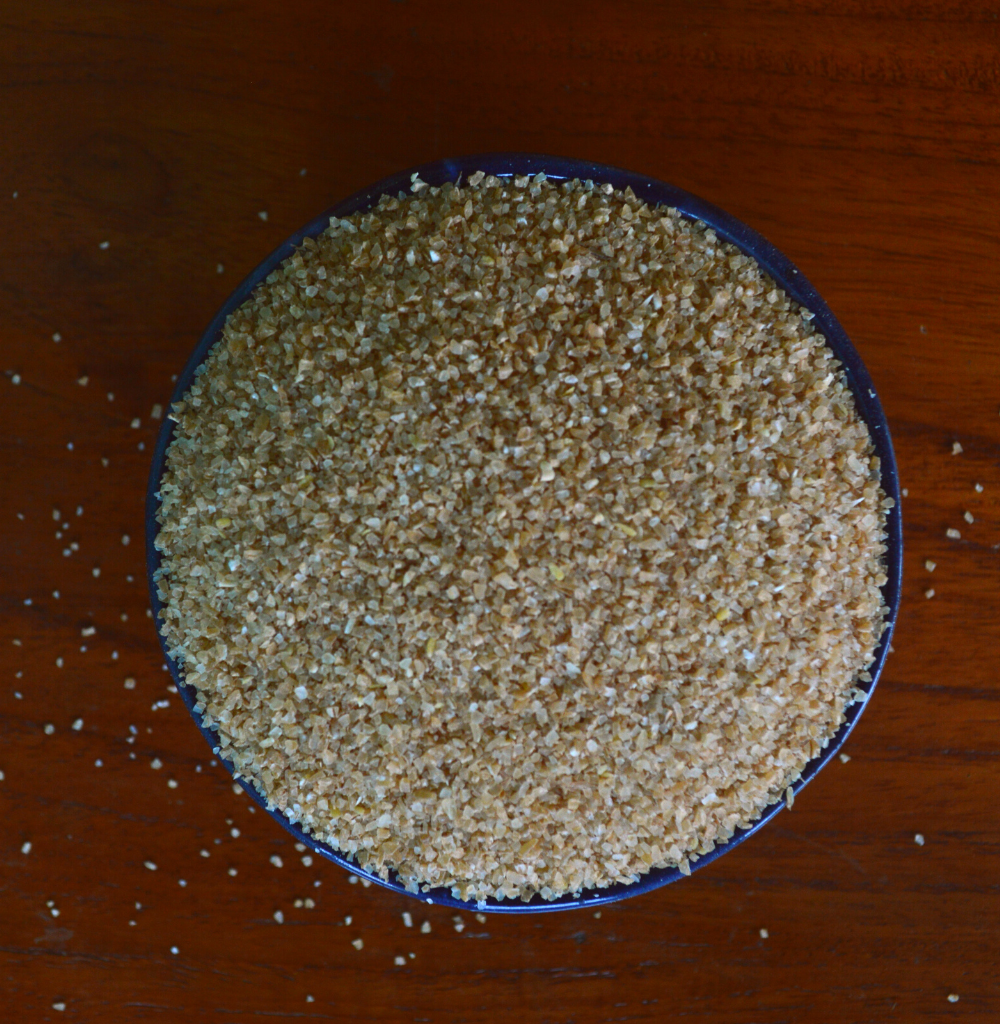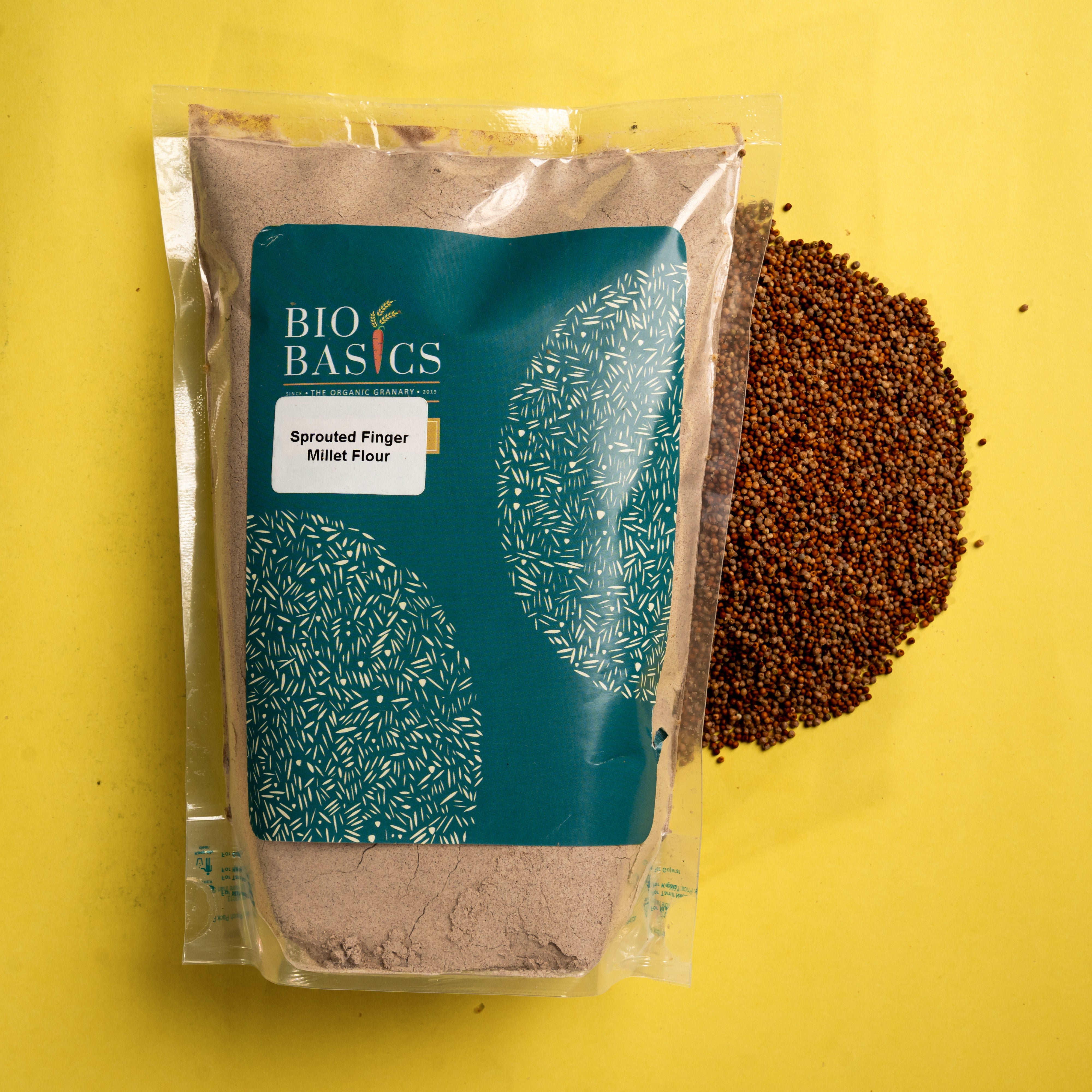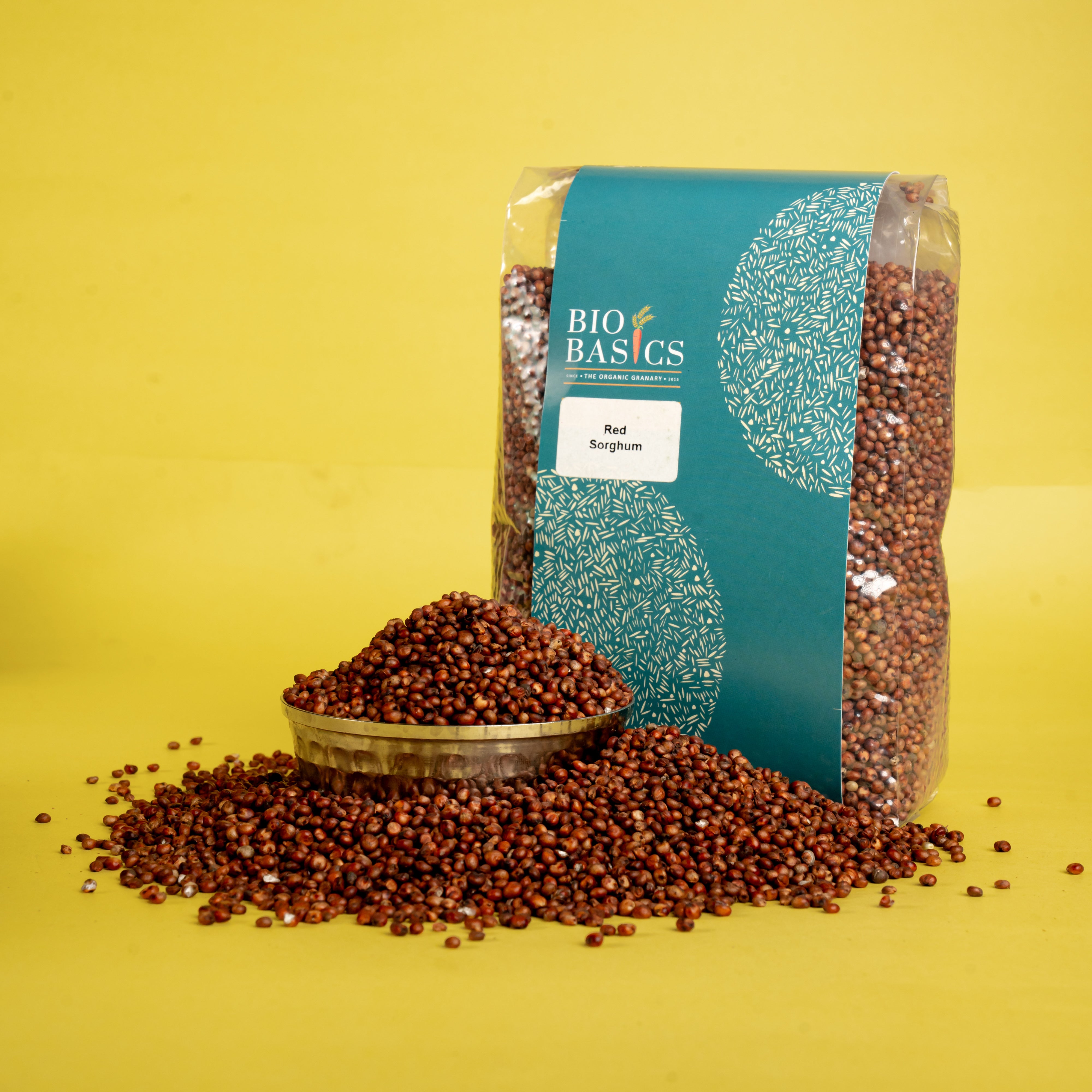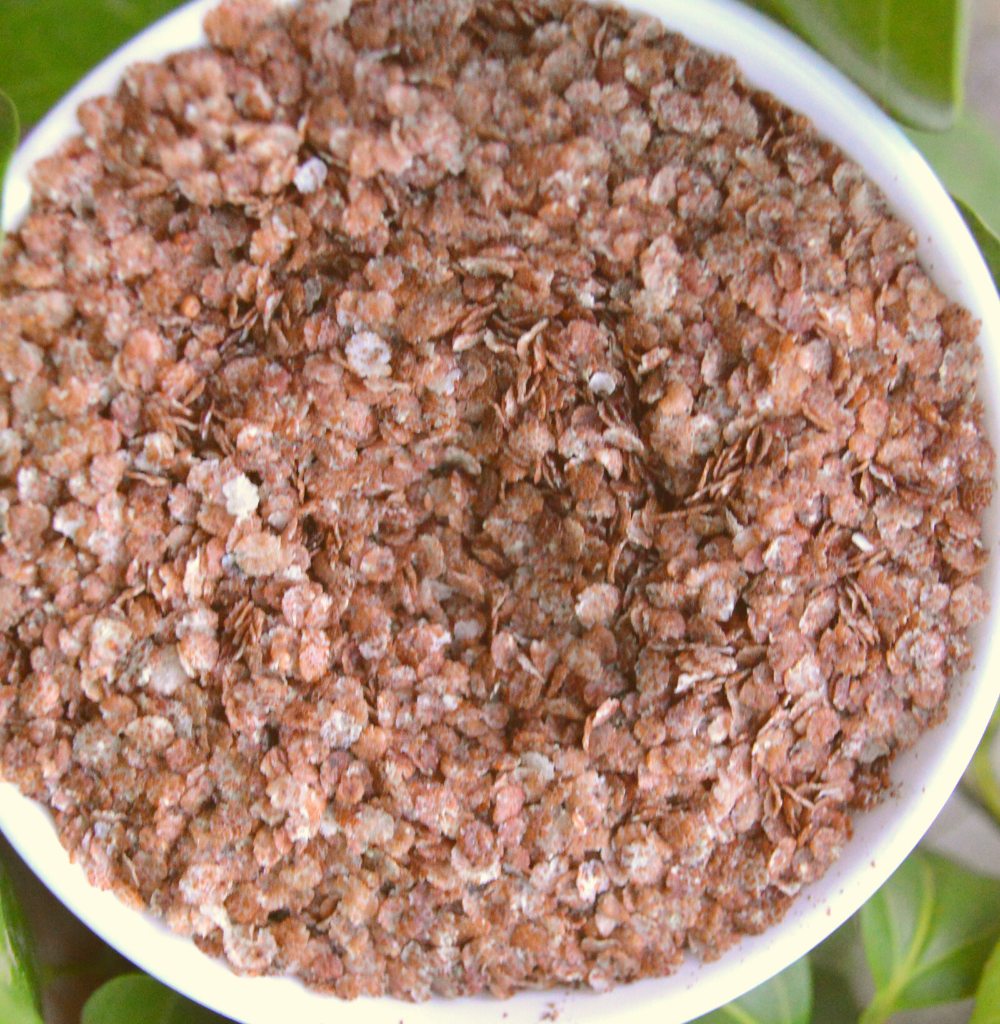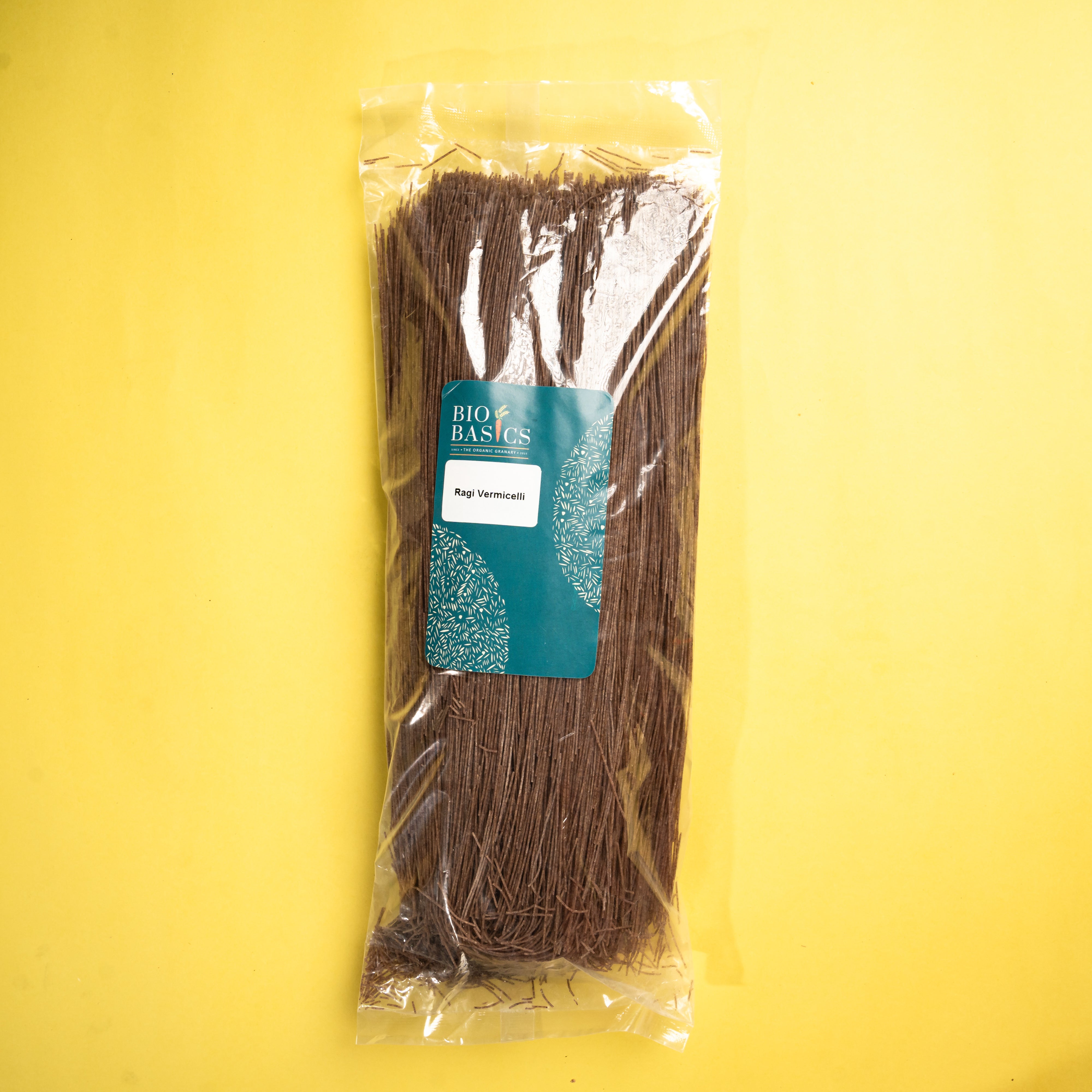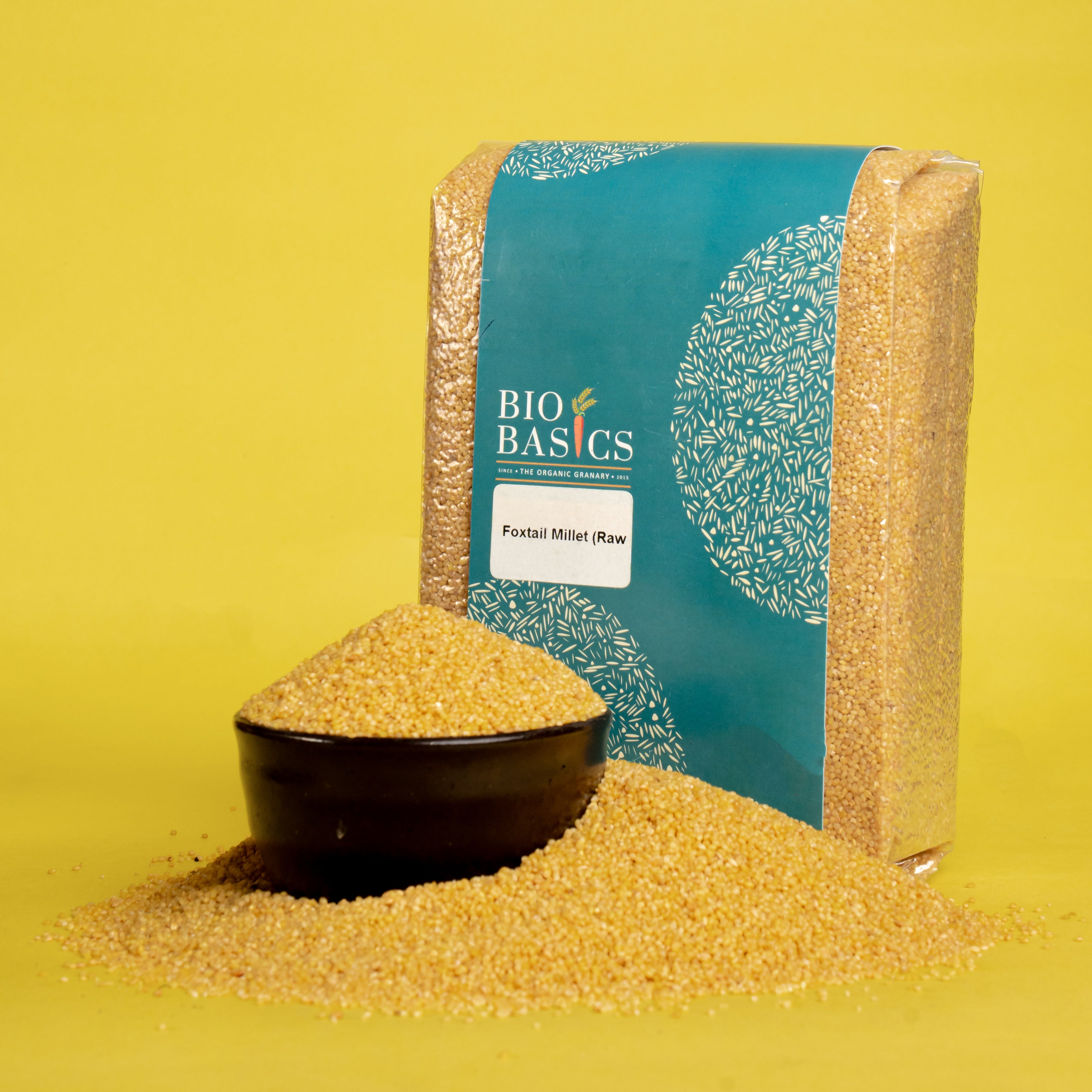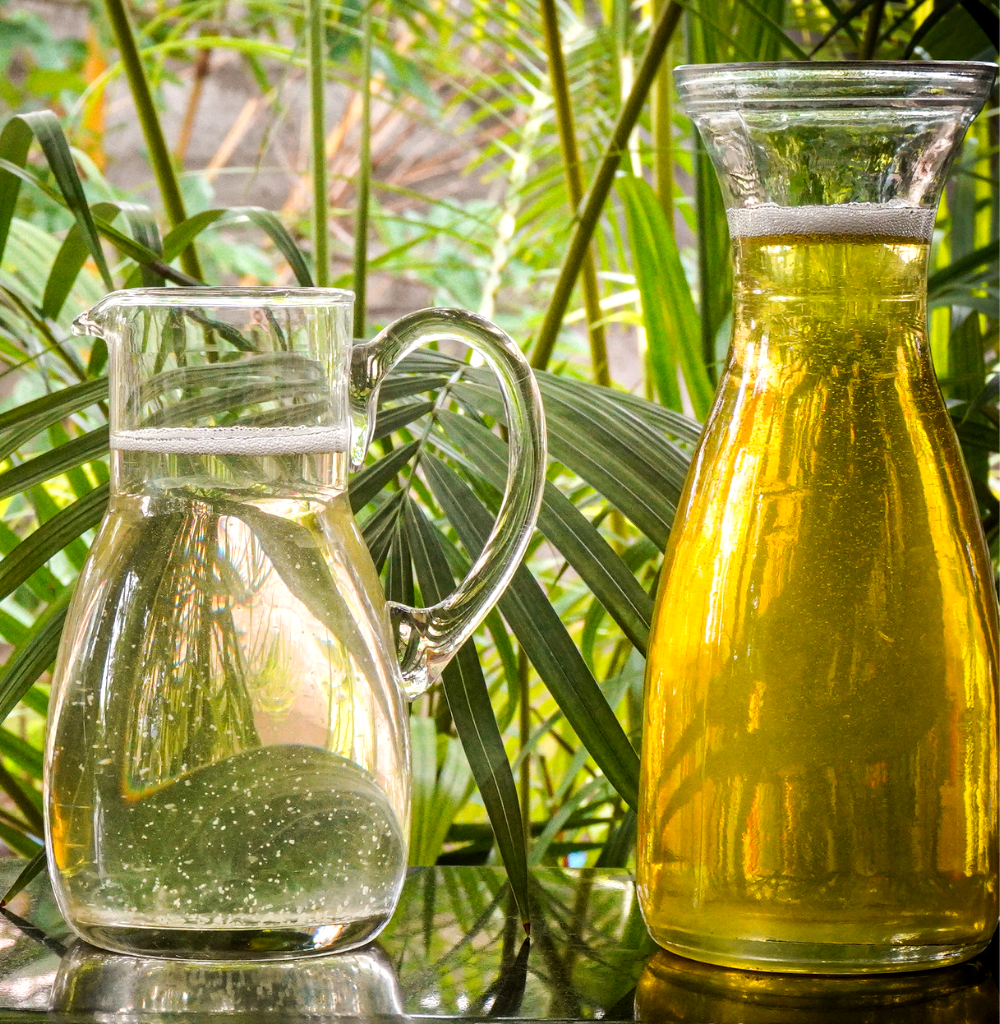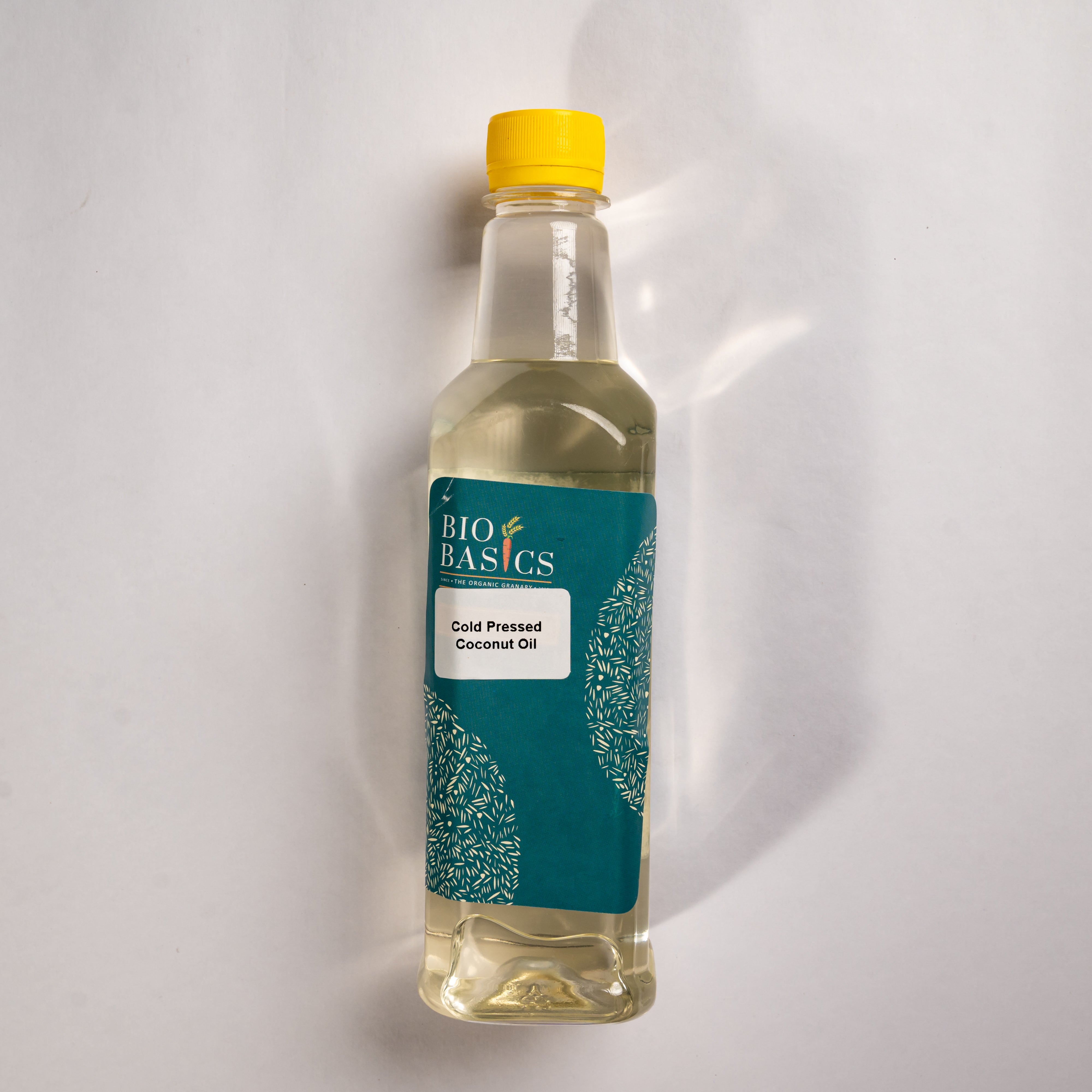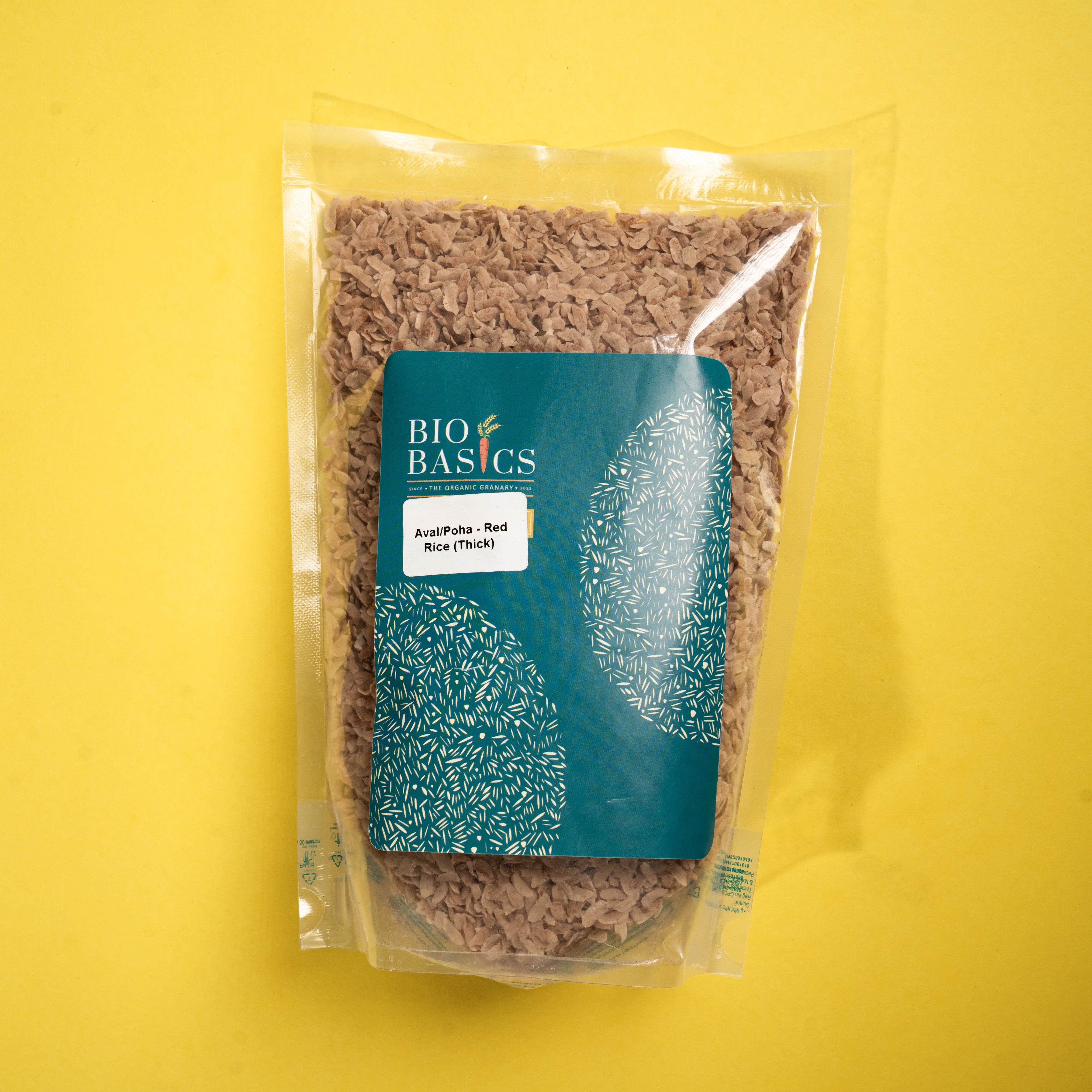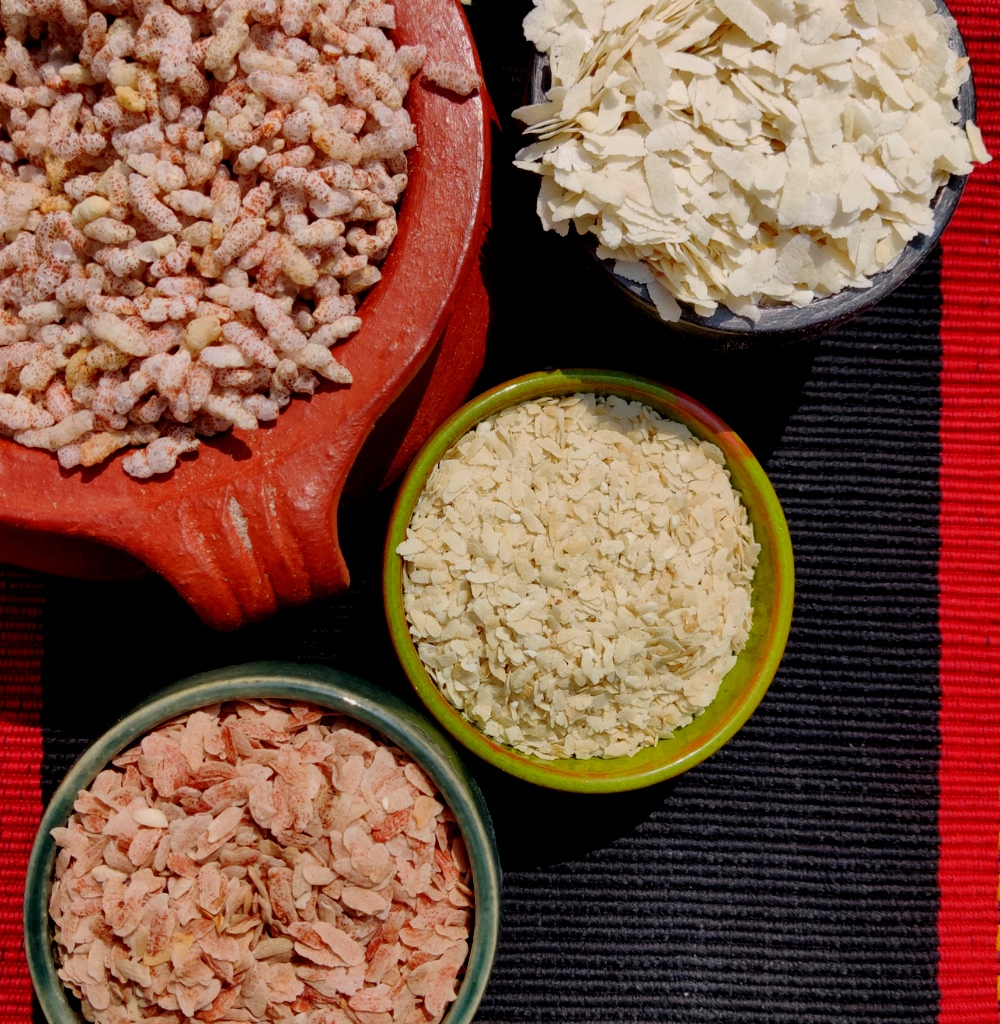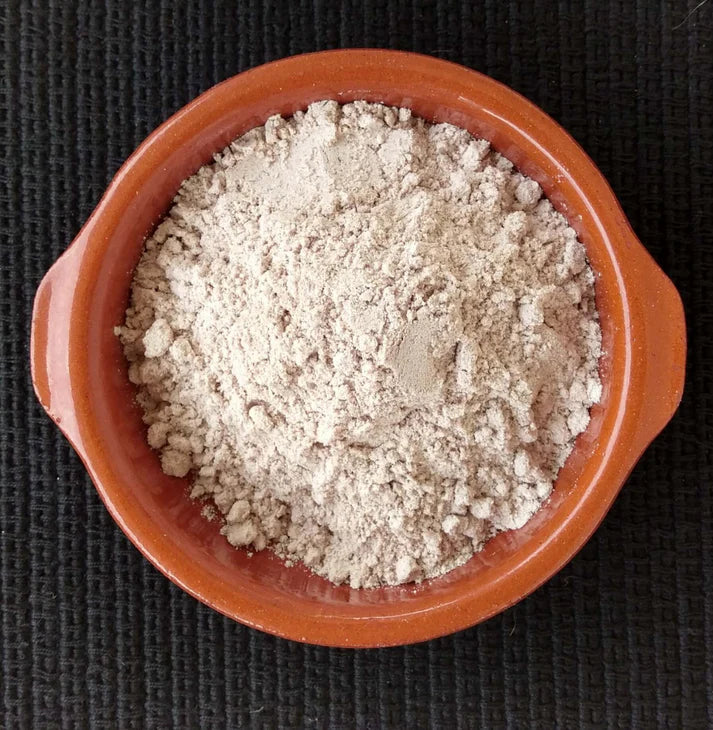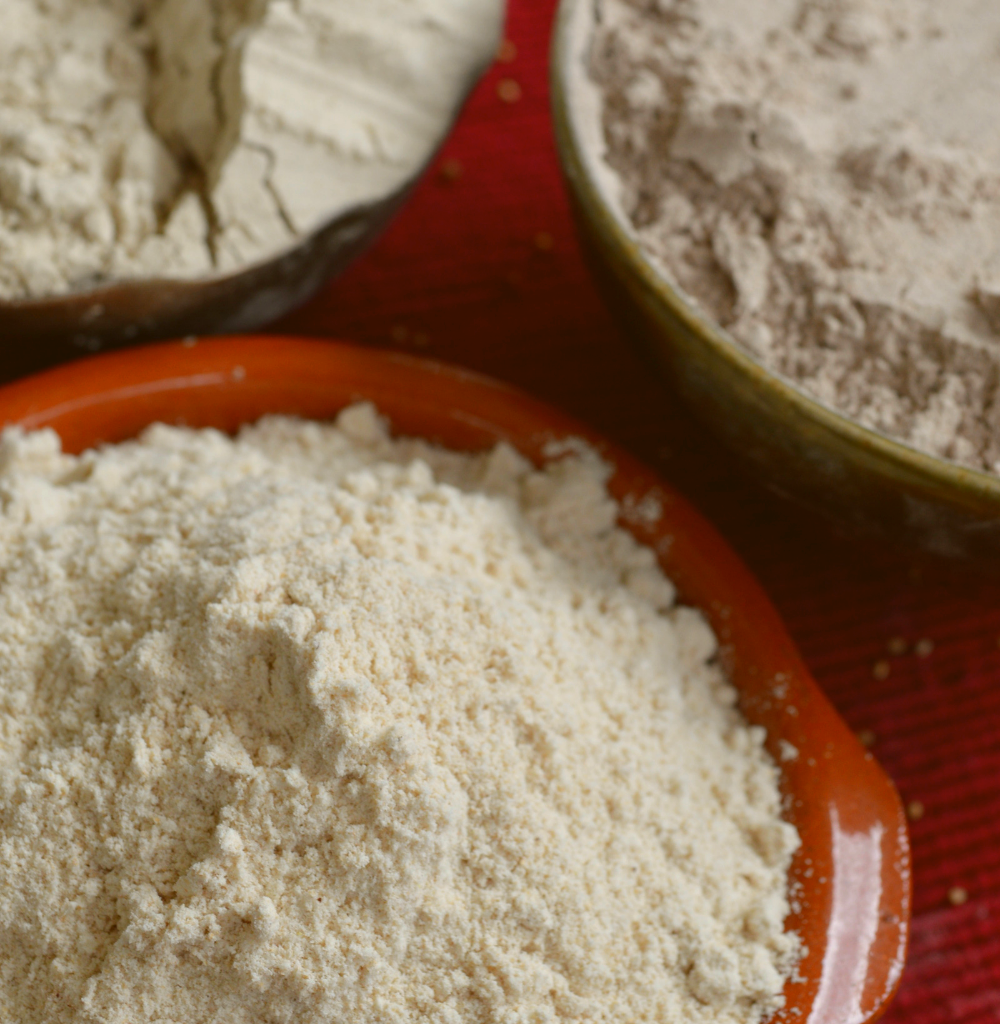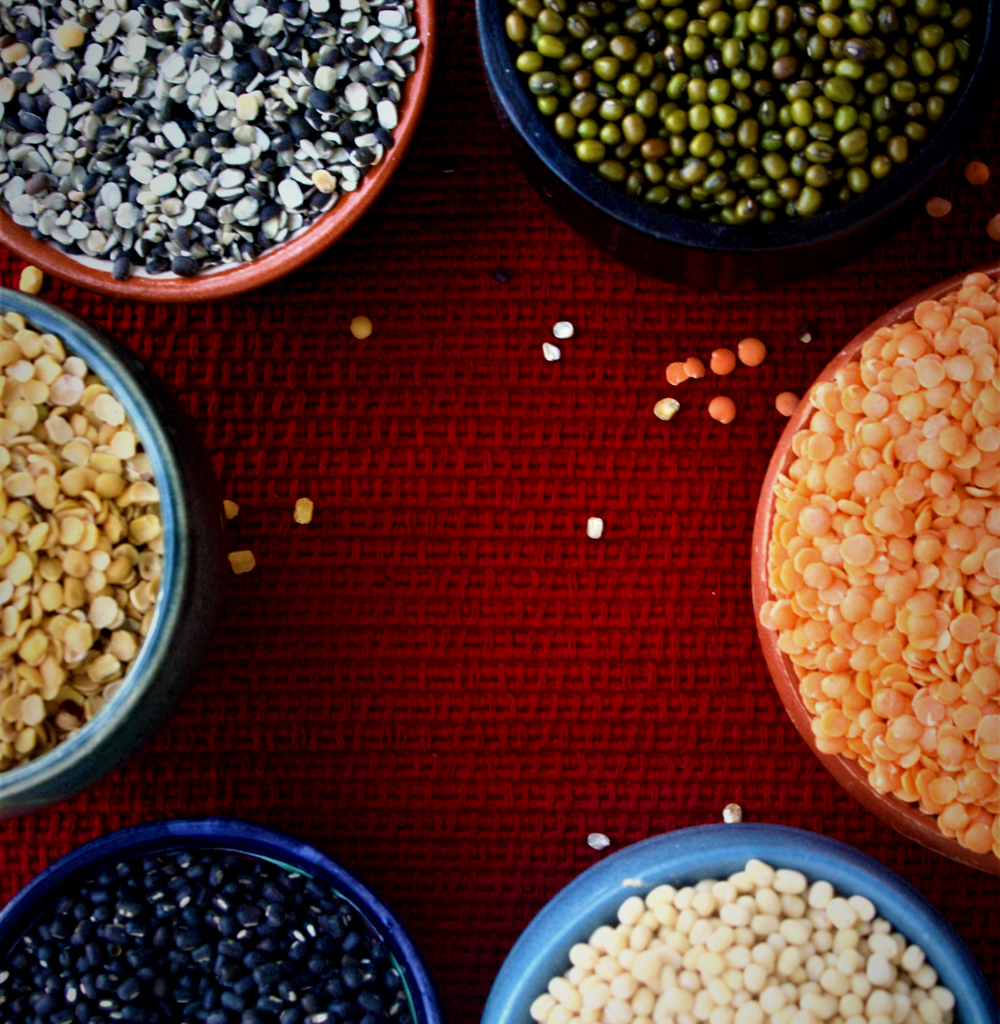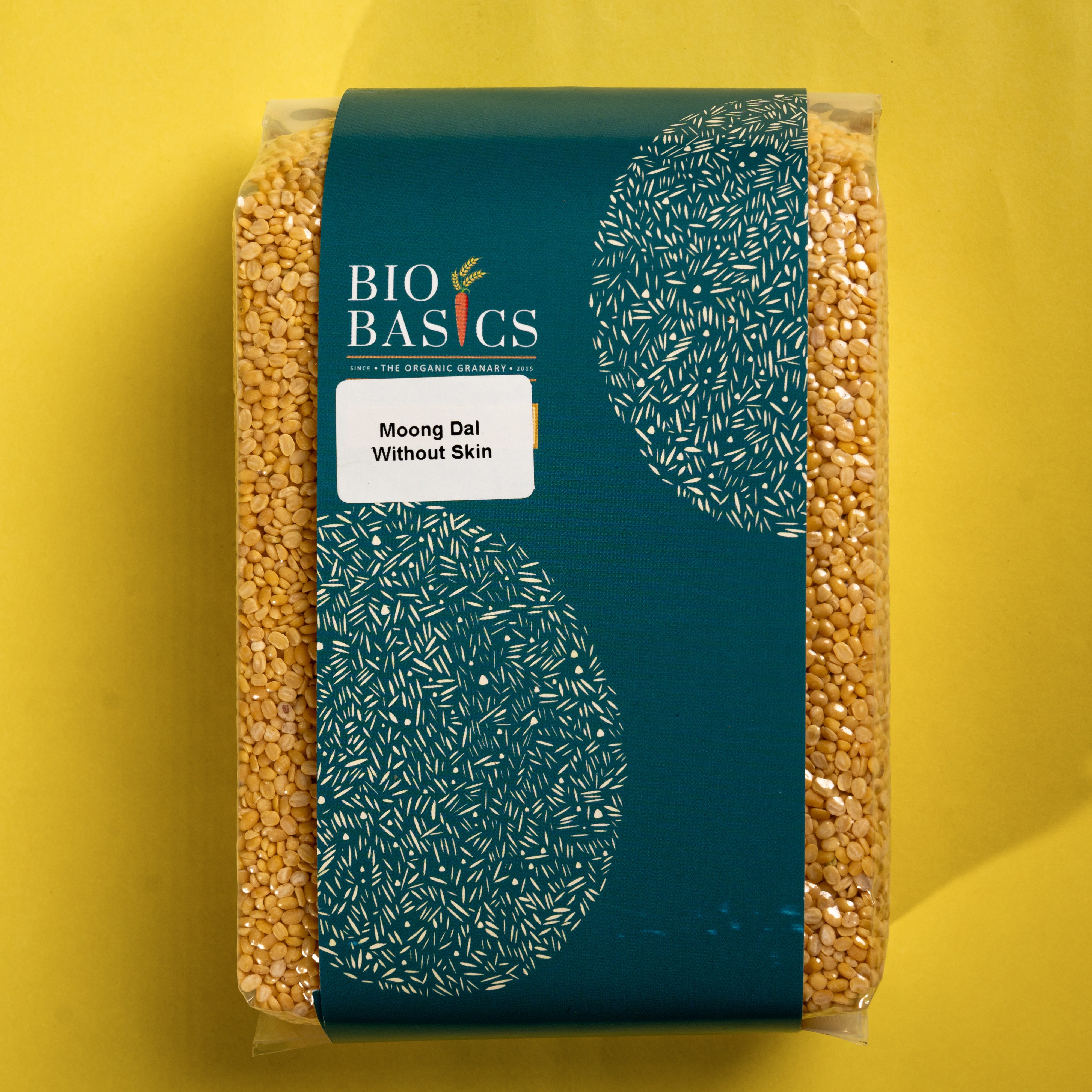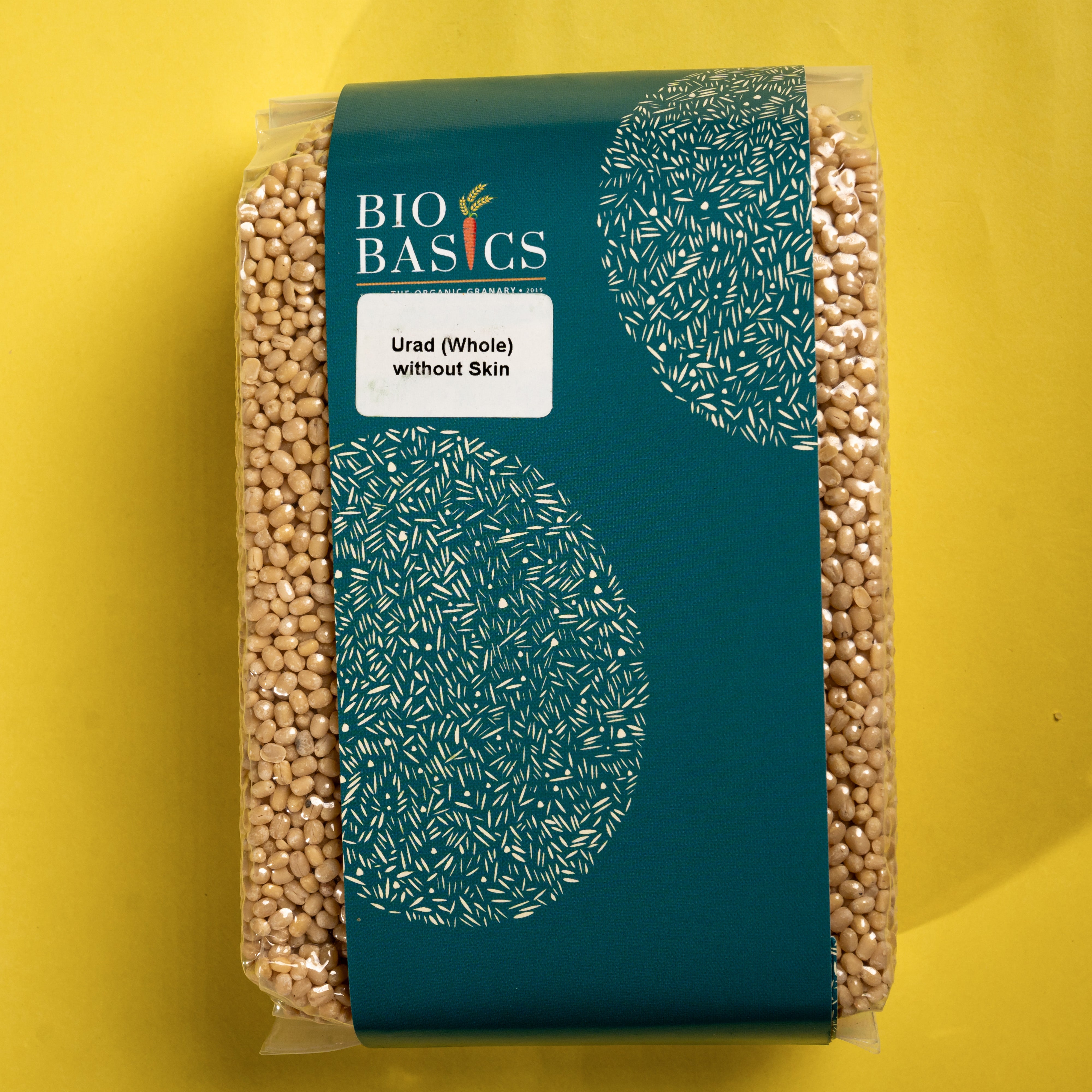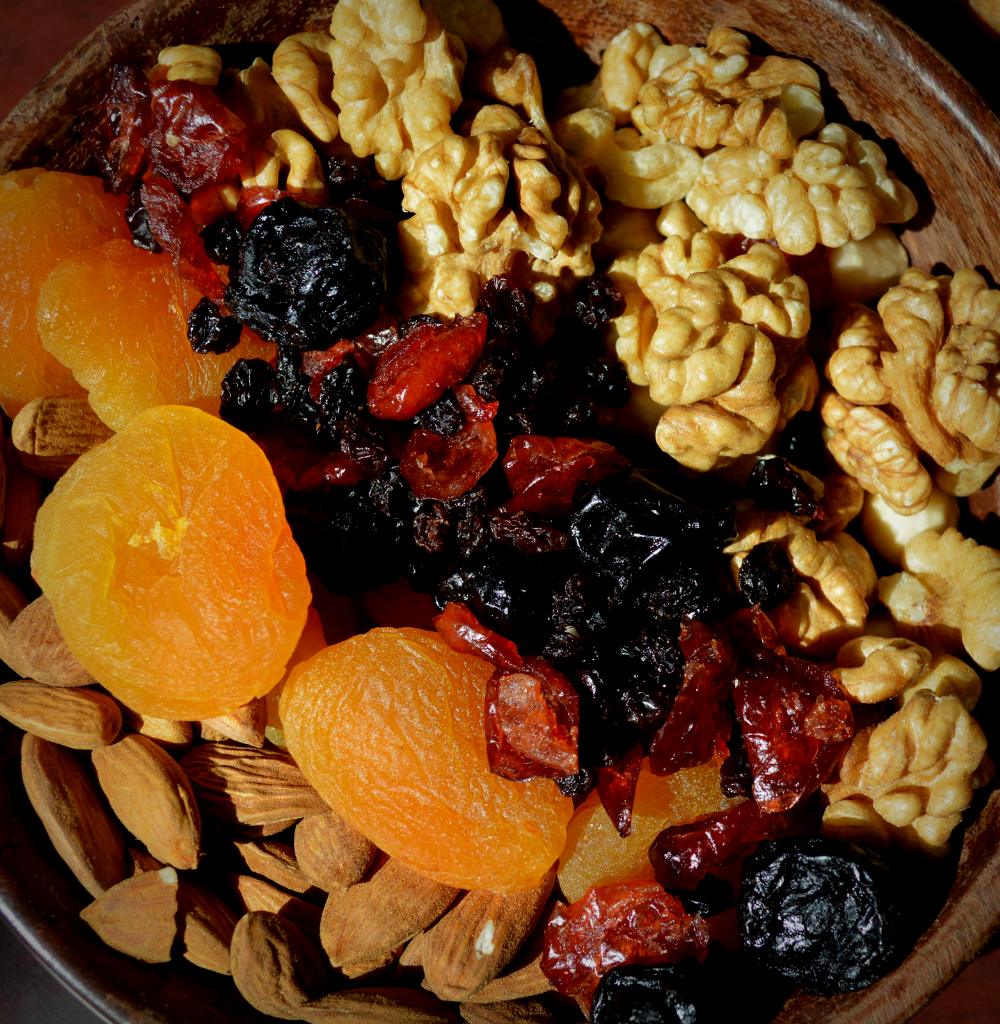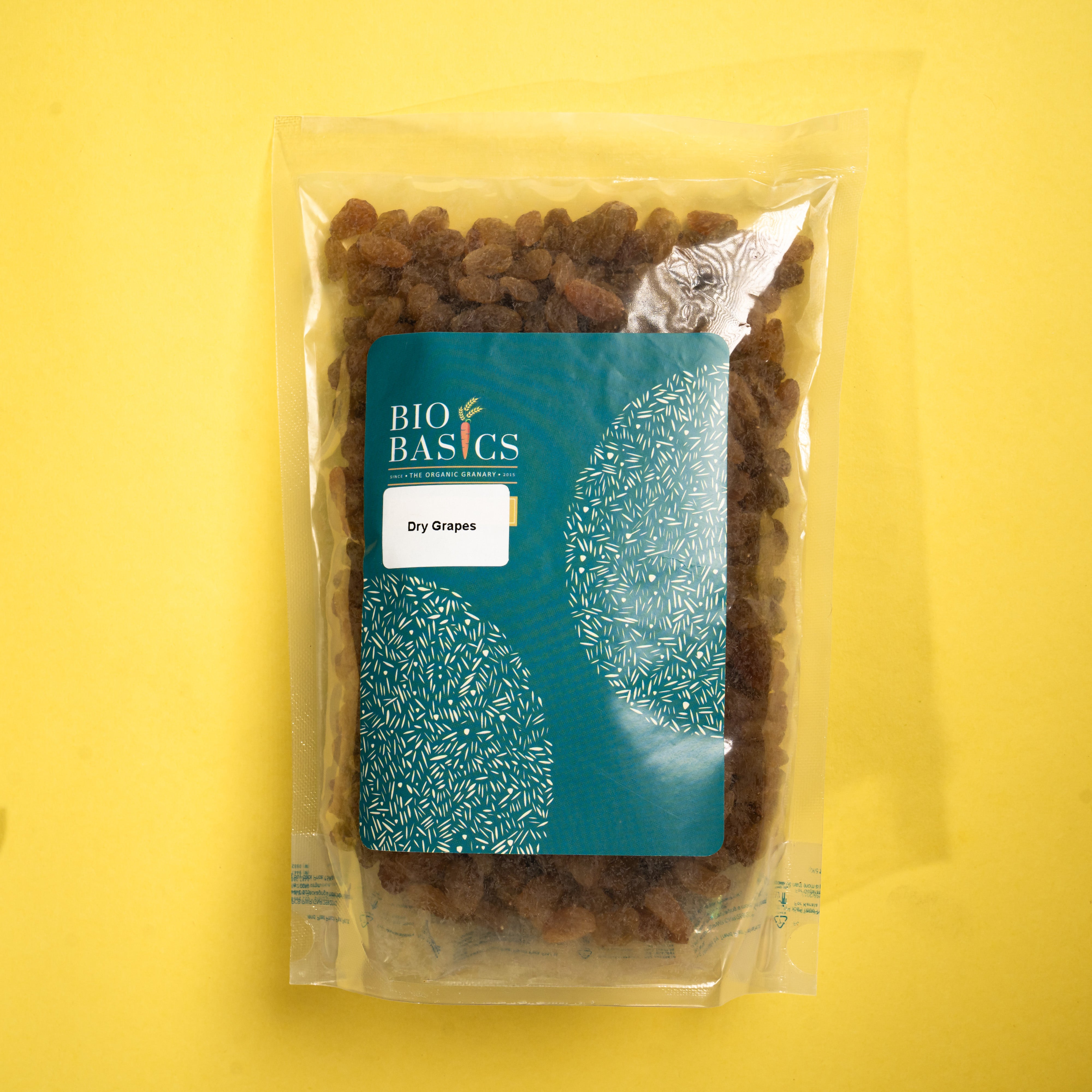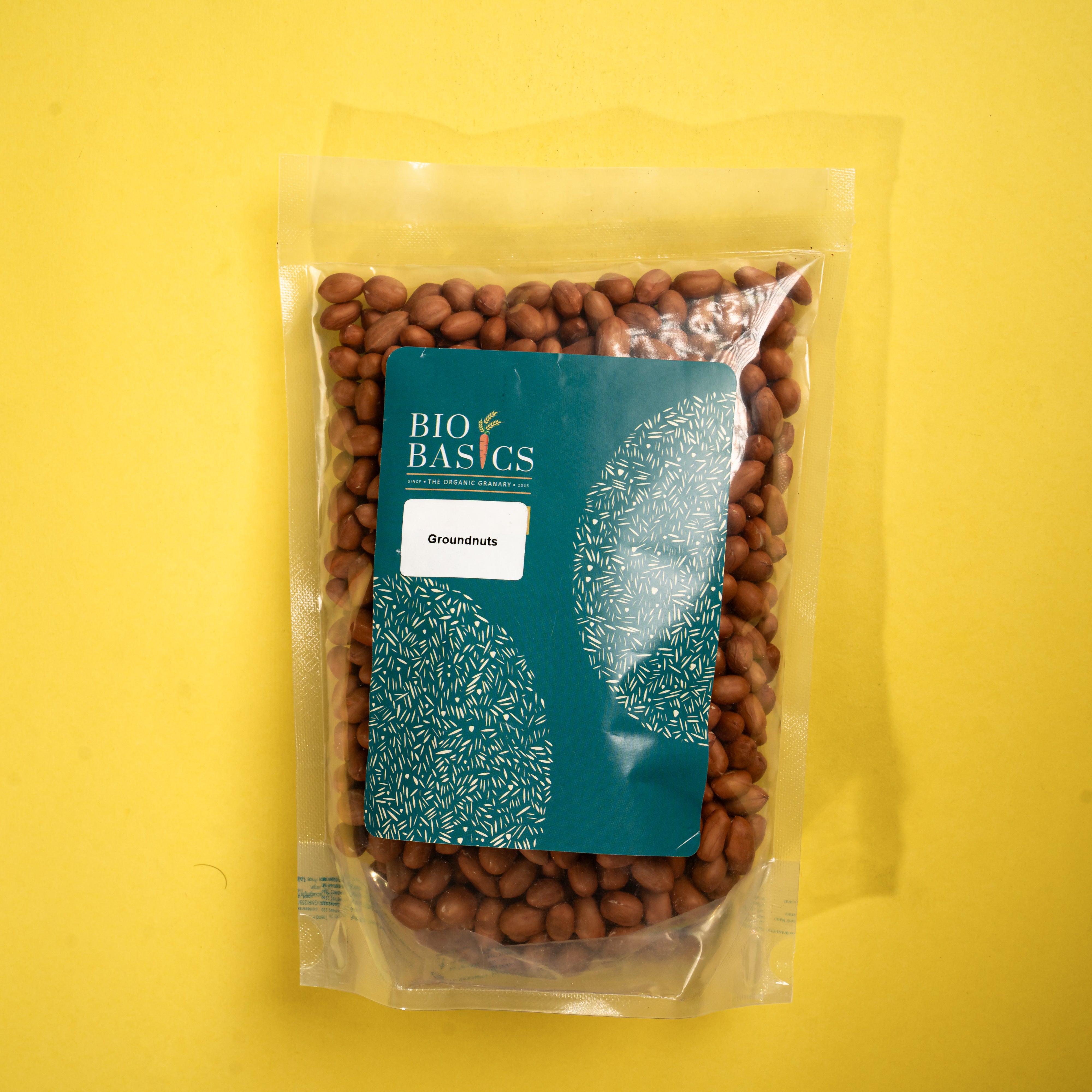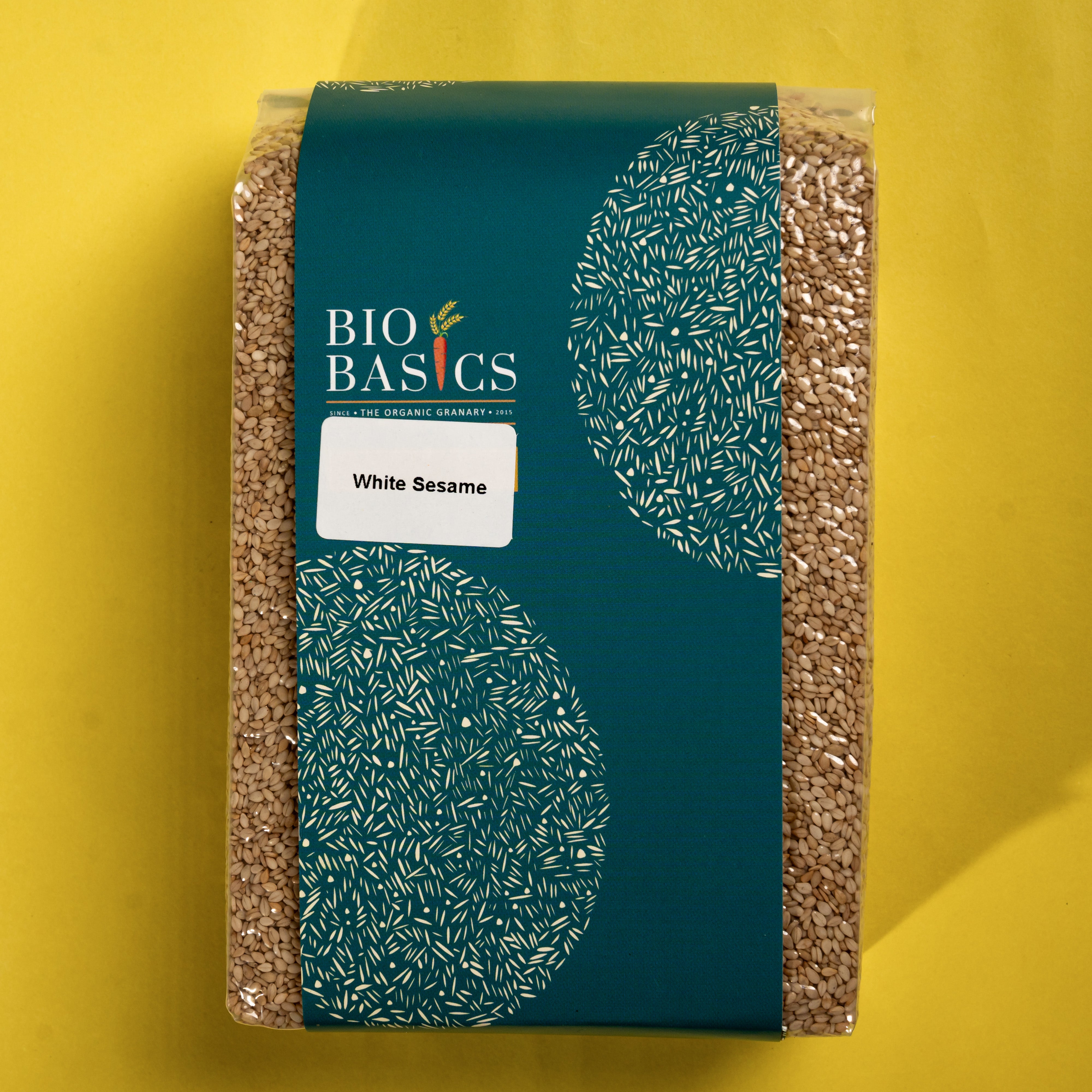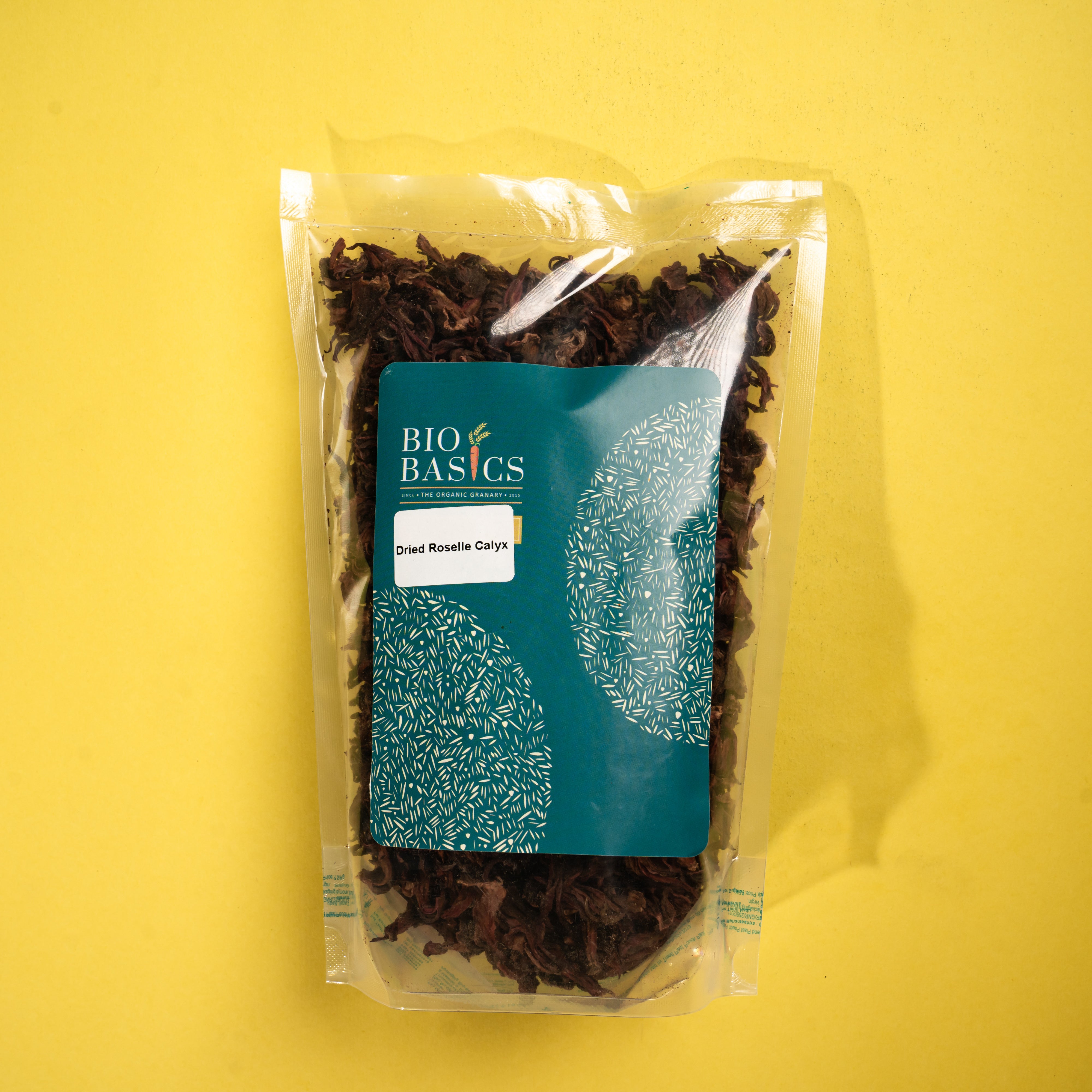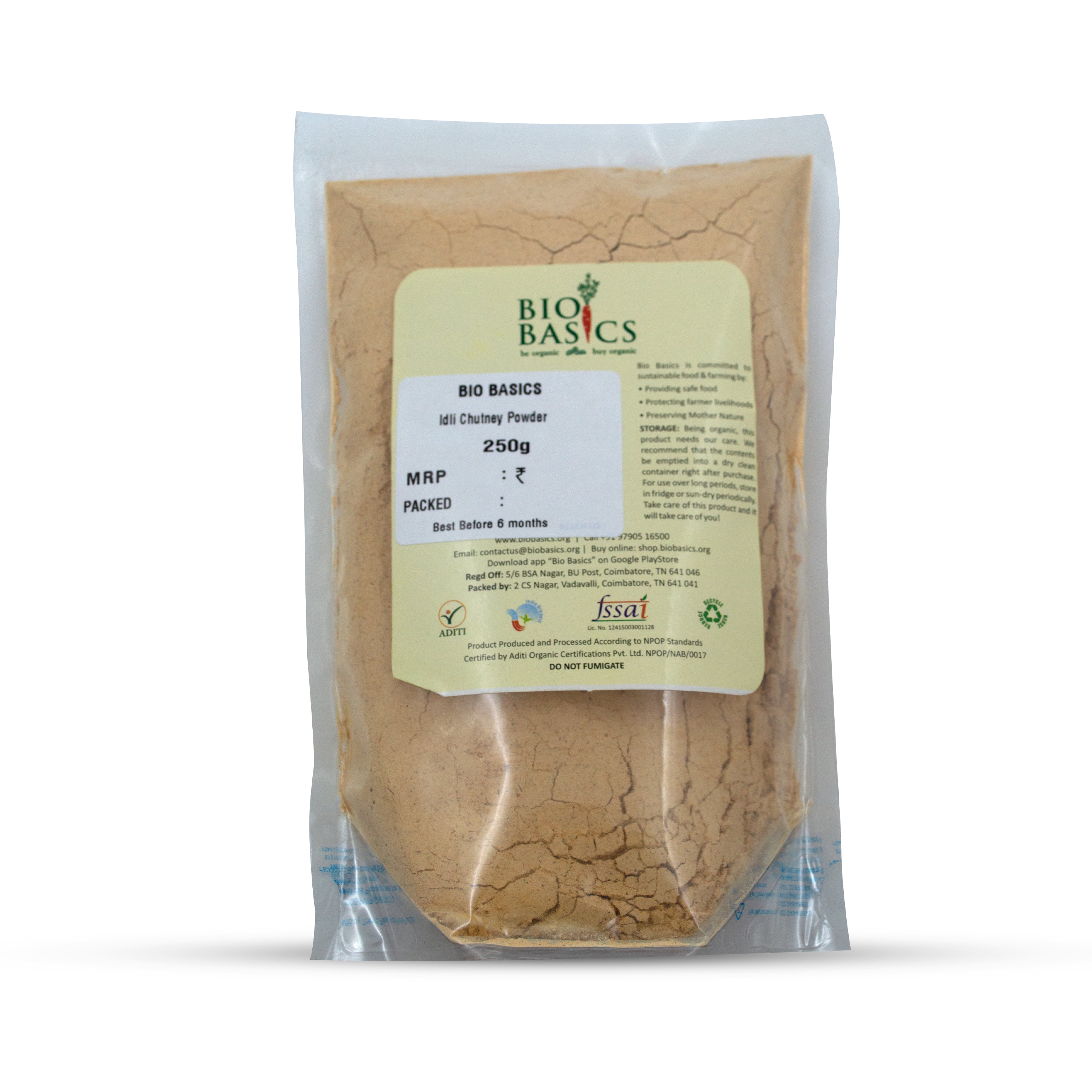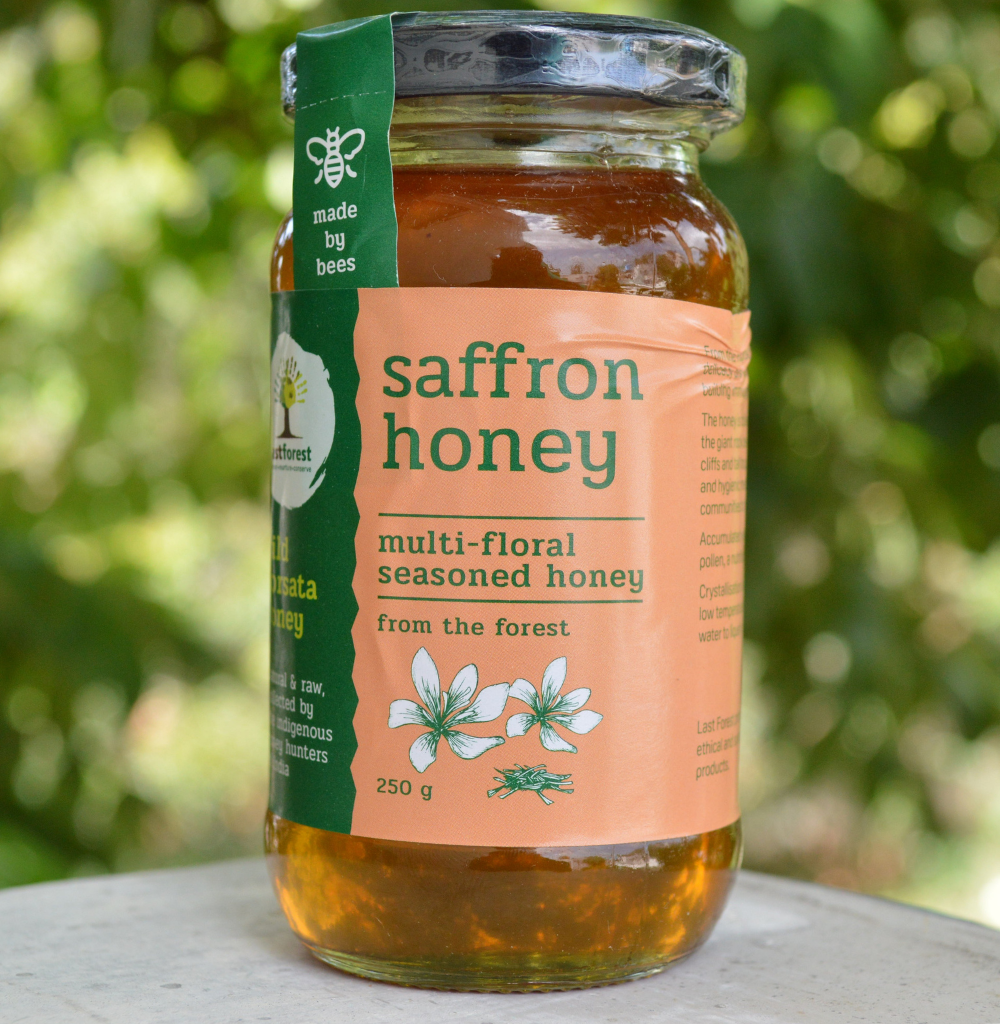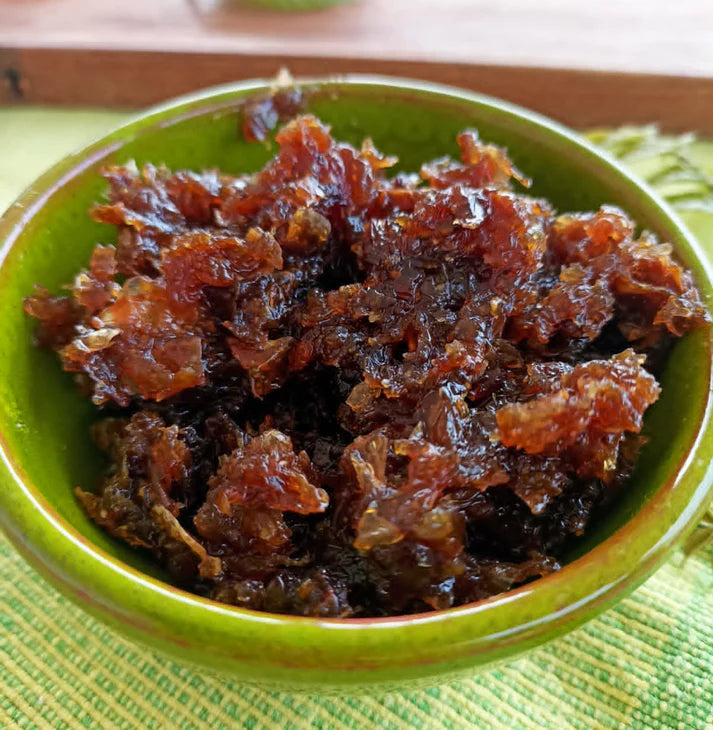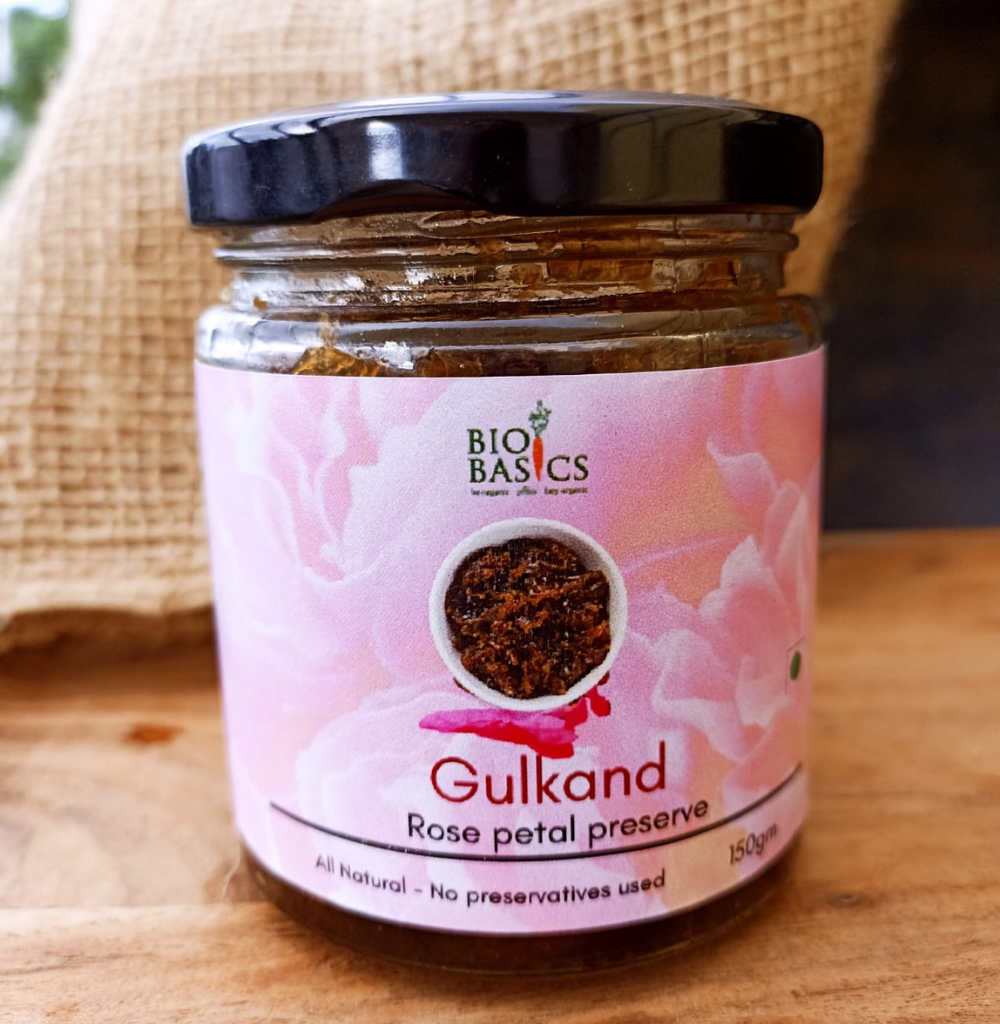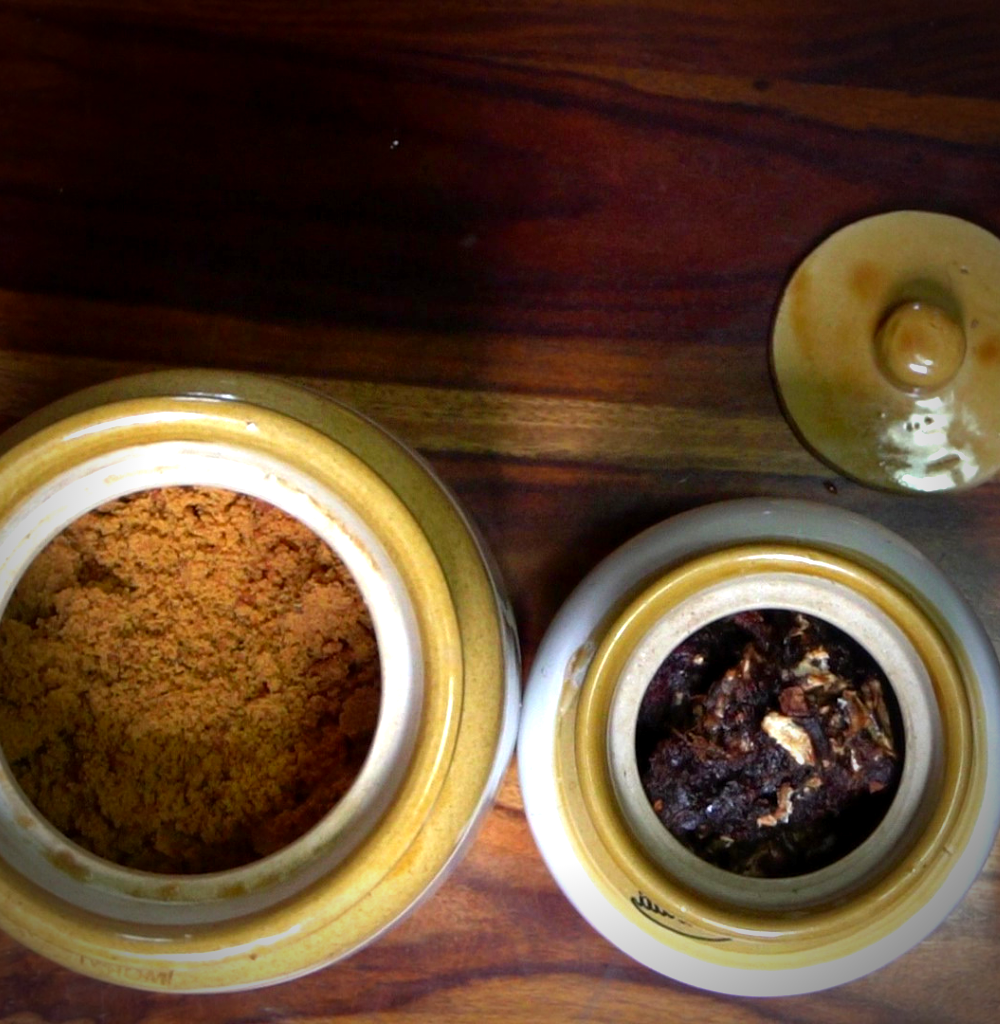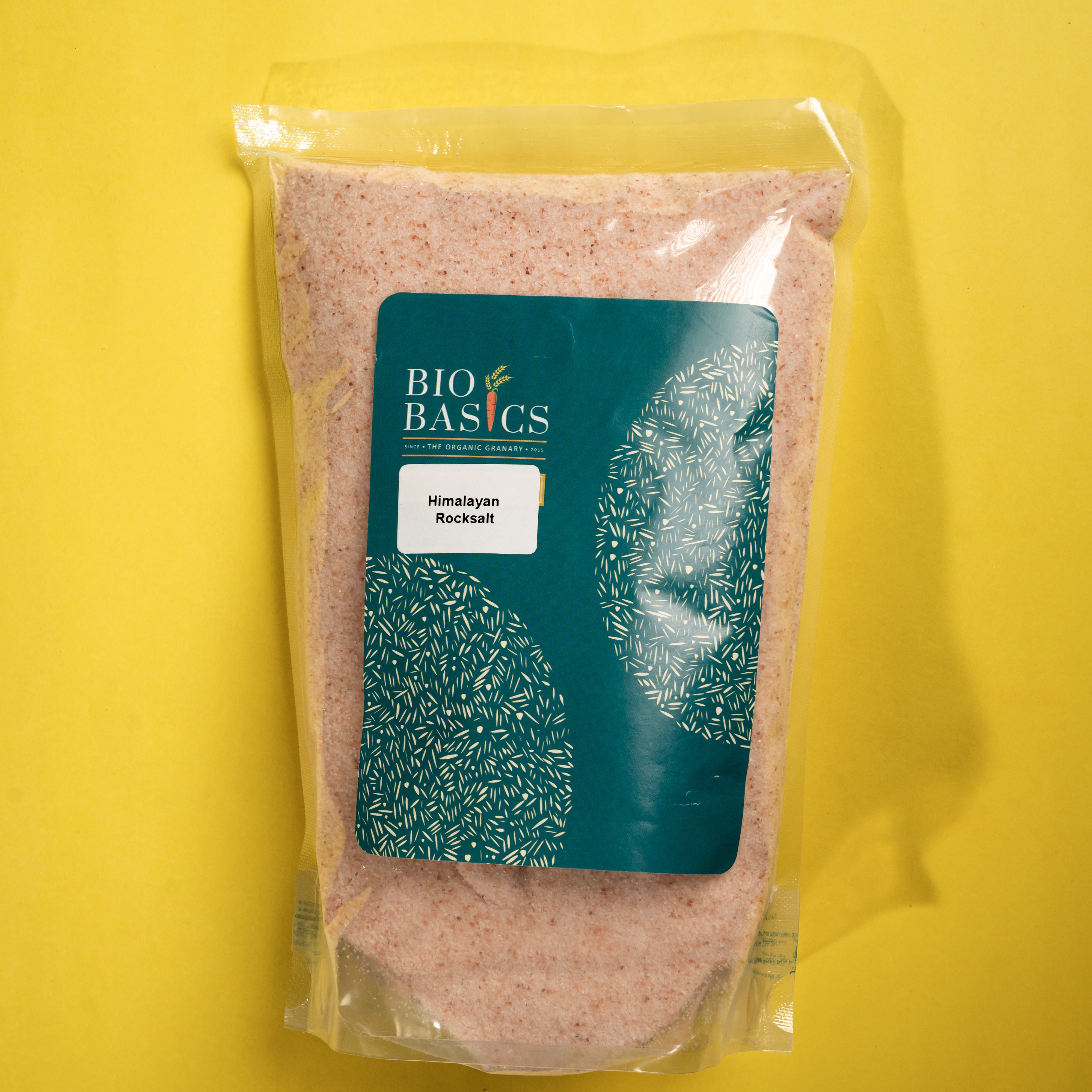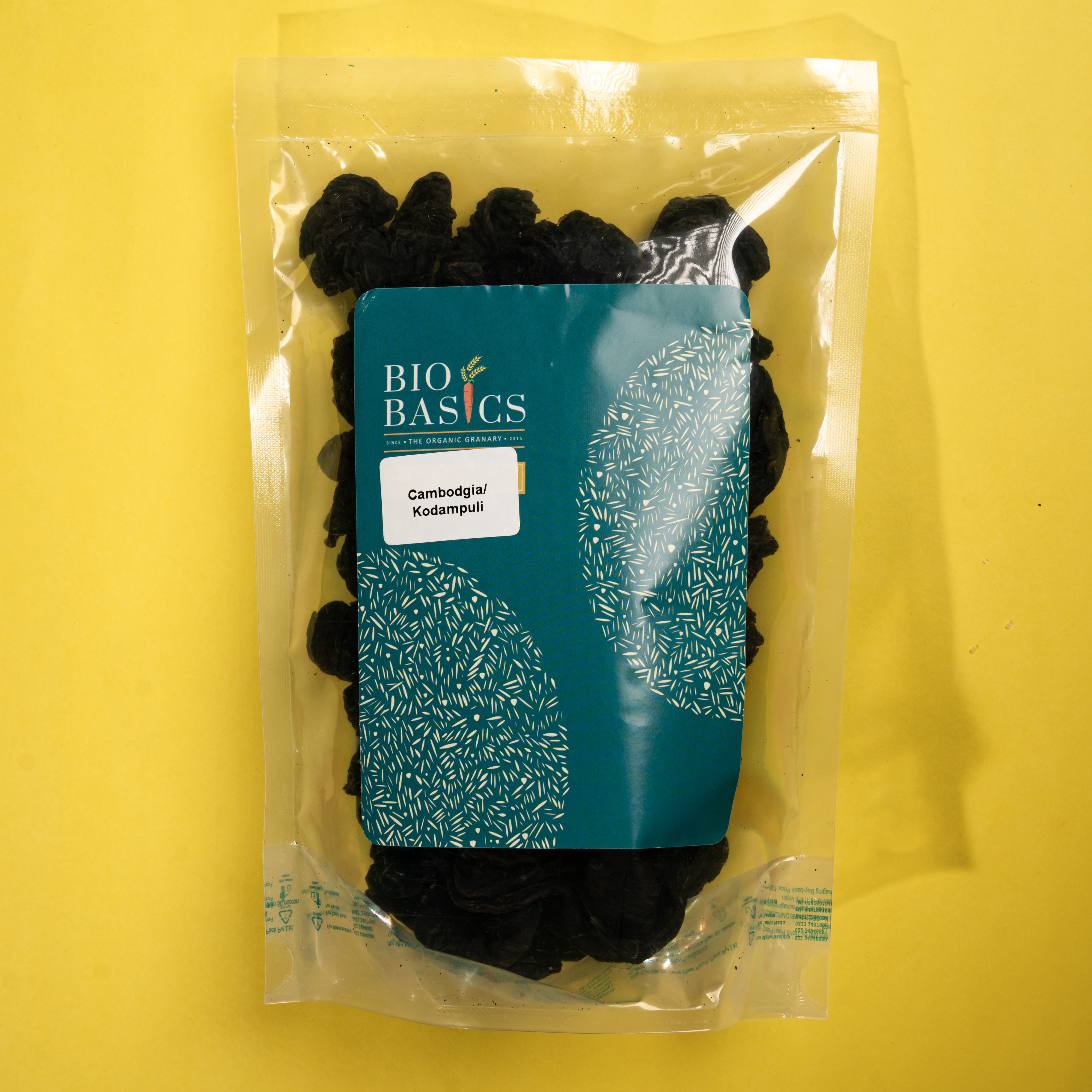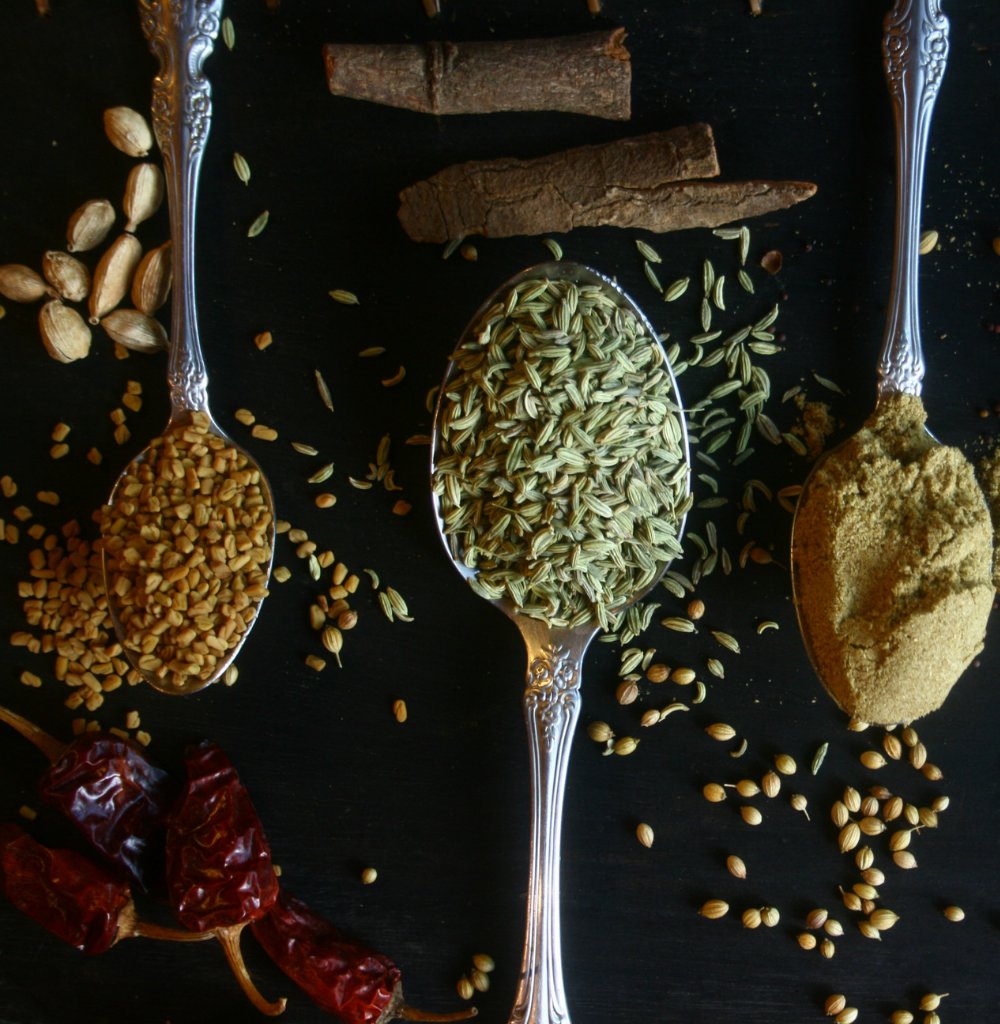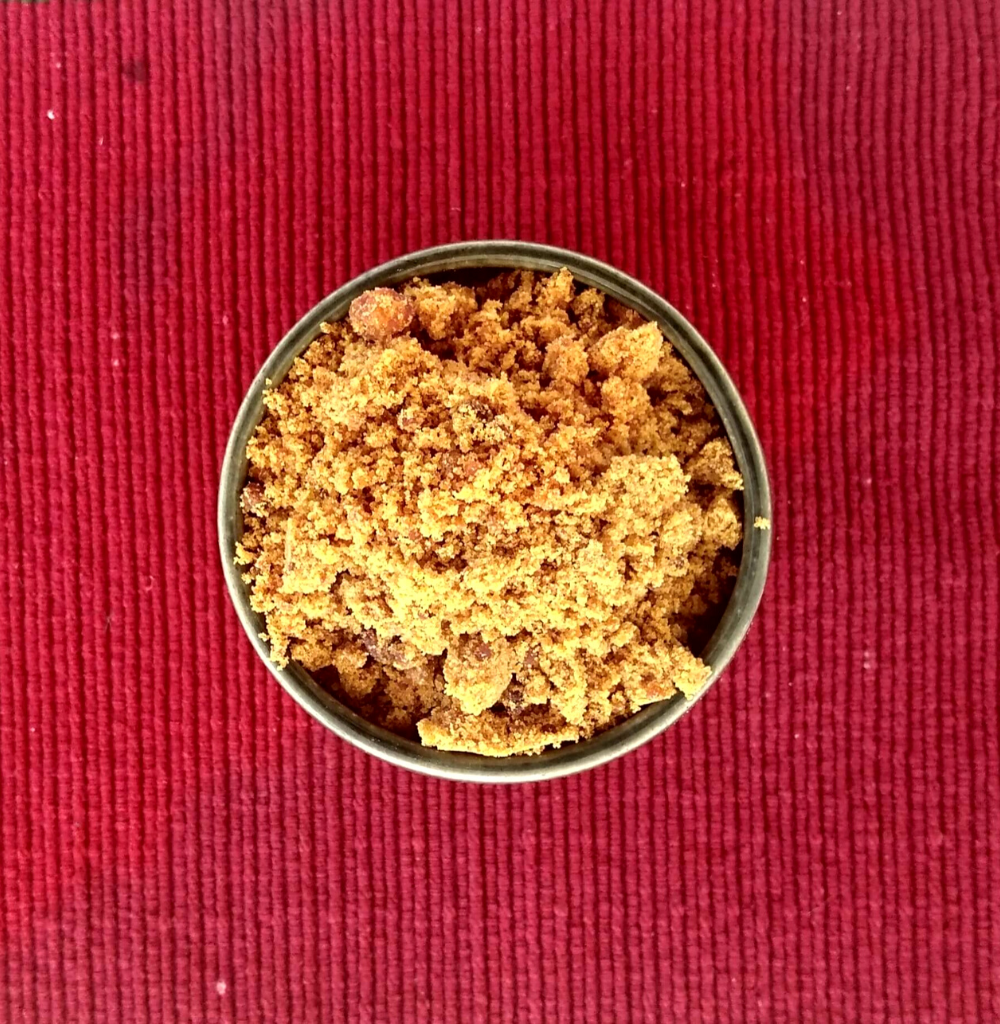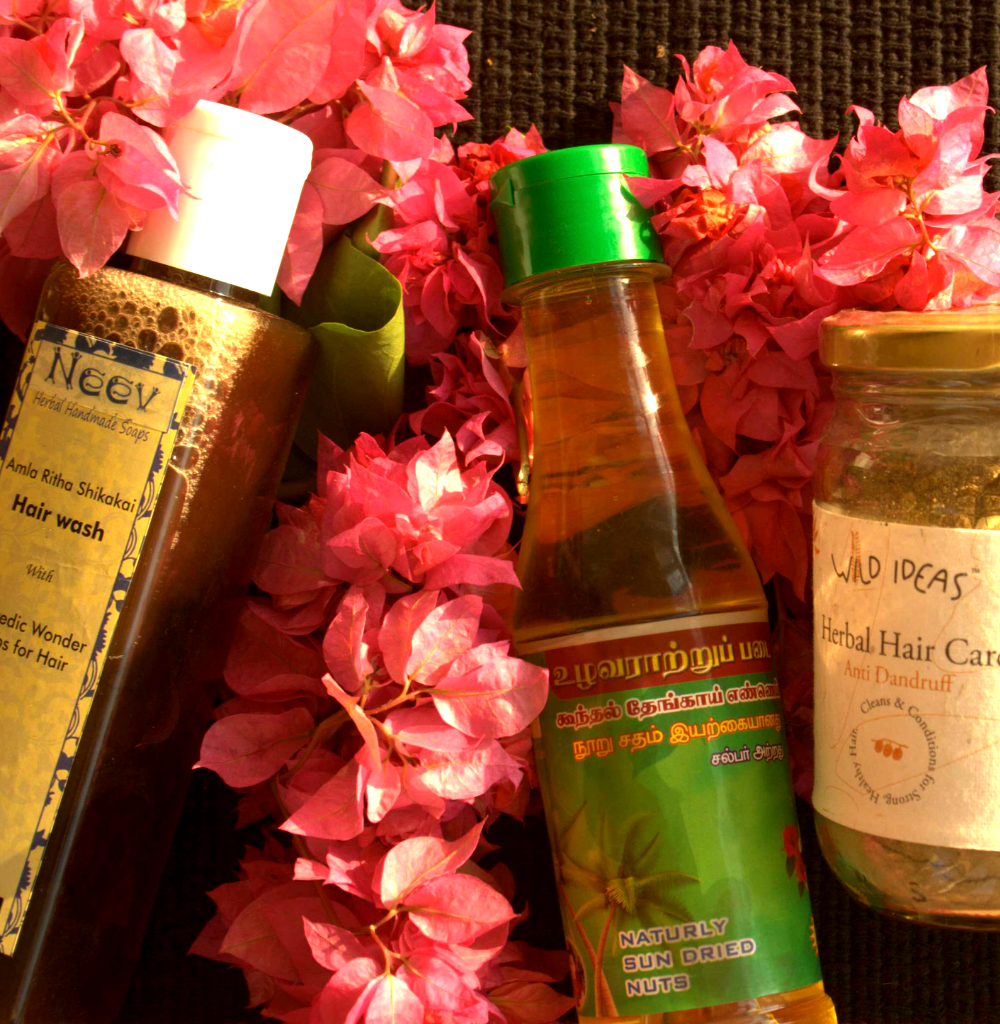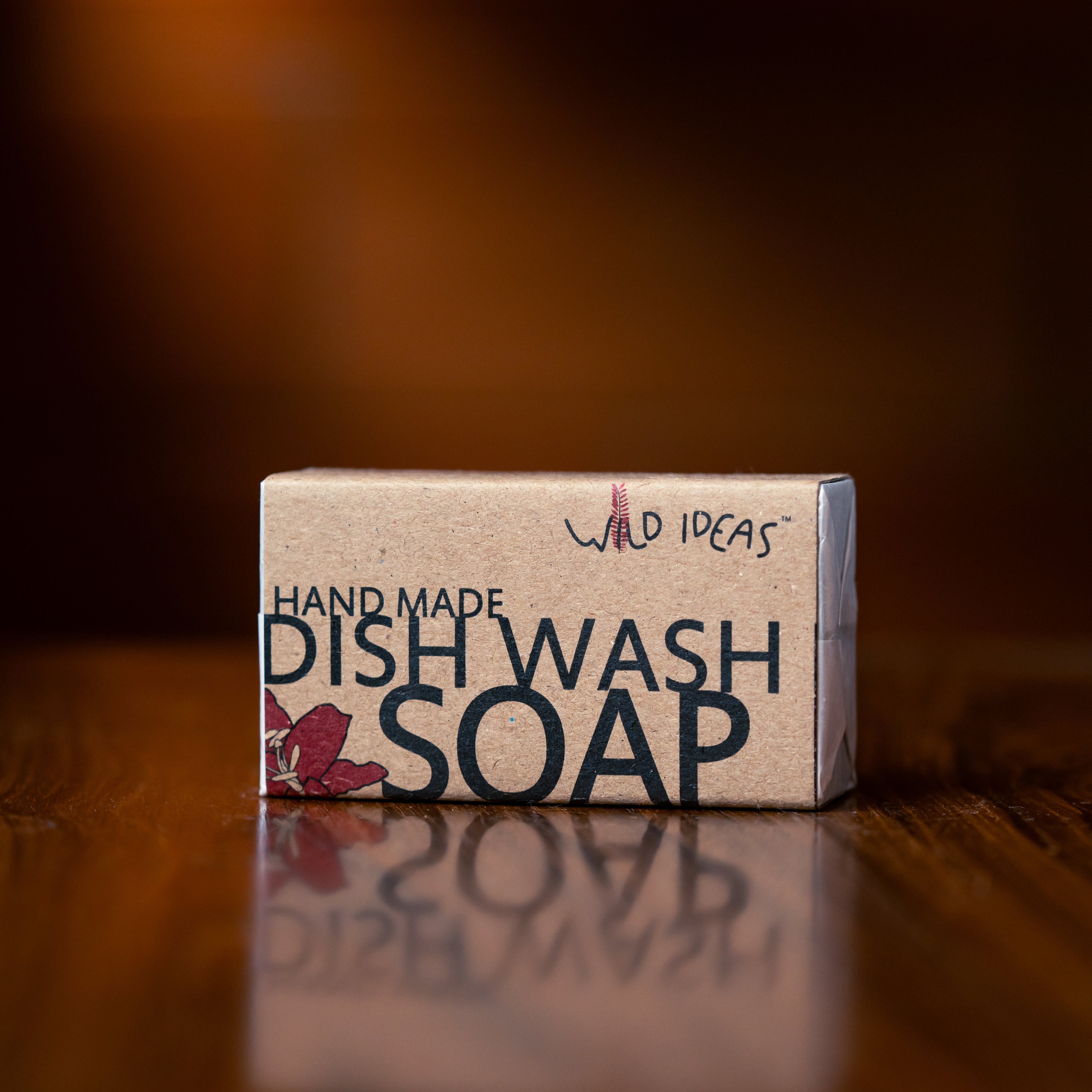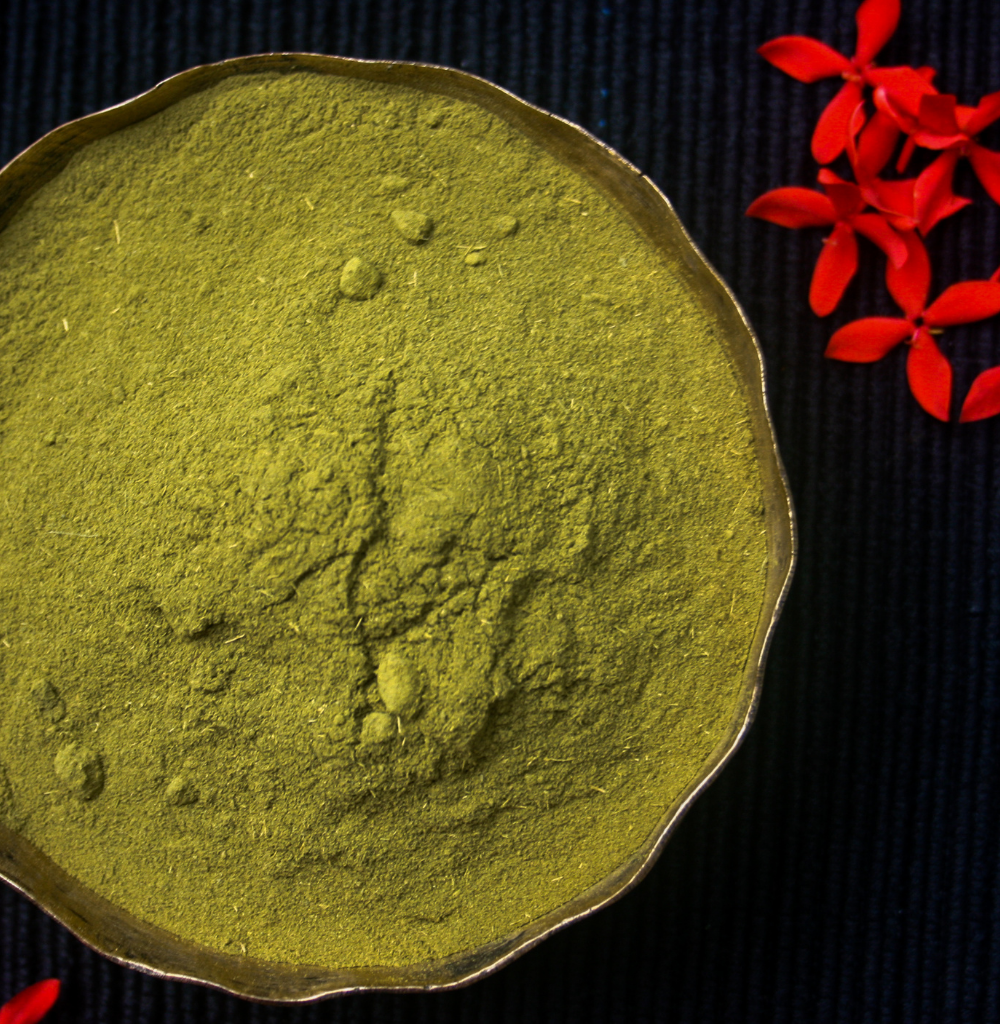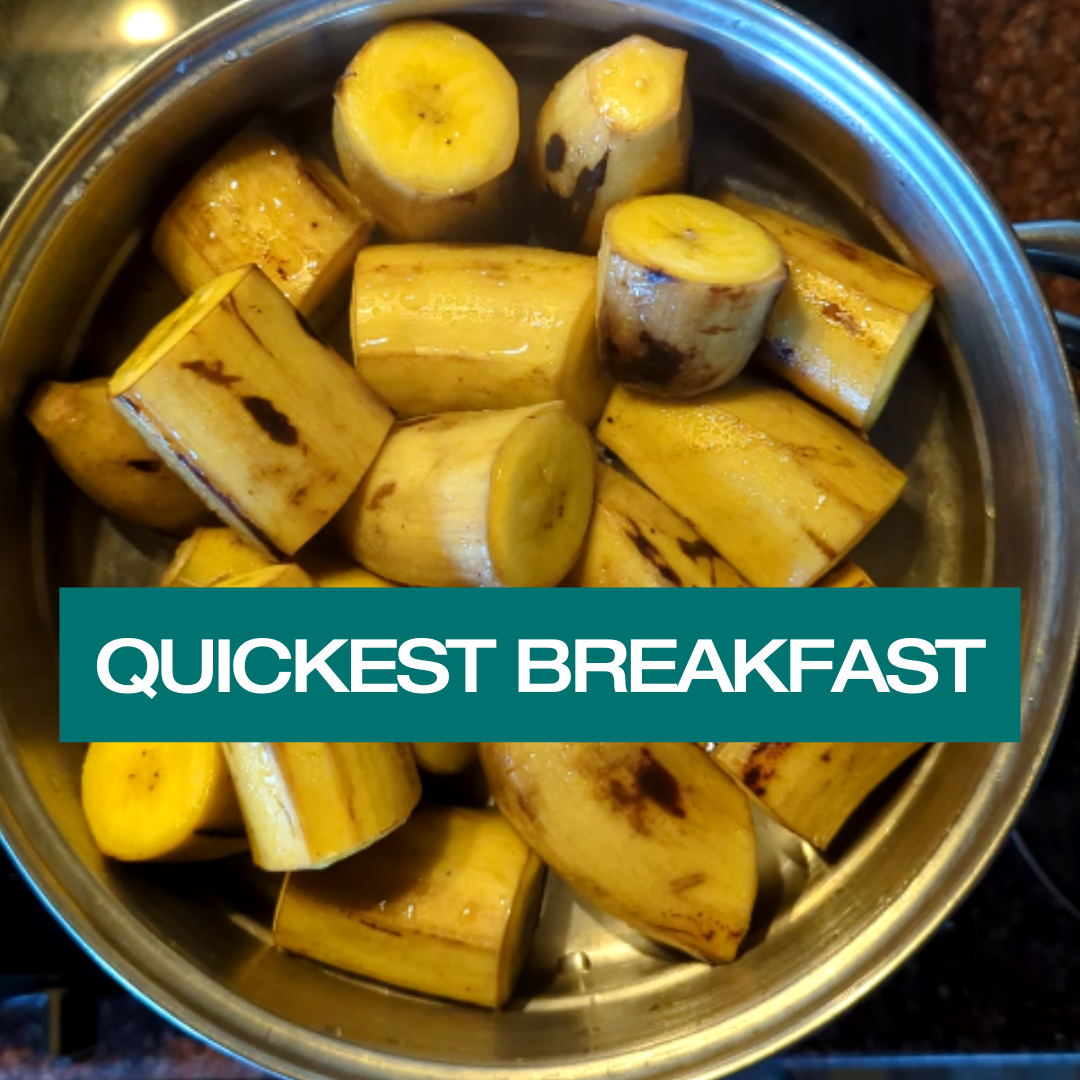
The more we talked about pulses, the more we realized how irreplaceable they are in our Indian diets! But often it's the most ubiquitous things that just don't get the limelight. And that's why we are focusing on the lentil things. We get a lot of queries on pulses - most importantly on how to cook them. So here's a comprehensive guide to cooking pulses. The whys, the how's, the dos & don'ts.
But first, why -

The fundamental lentils – Not just because of all the amazing nutritional benefits given above. But also because Sambar or Dal Makhni, we all have a lentil dish we seek out for comfort. Something that reminds us of simpler times, that takes us directly to our mother's kitchen.
 |
|
Above are the basic dos and don'ts of cooking dals. A few extra explanations on why we go by this -
- While soaking pulses, there has always been this debate about retaining water vs throwing out water. We recommend cooking in fresh water as throwing out the soaked water helps to remove the anti nutrients.This reduces discomfort and helps digest dals better. This is recommended by Ayurveda & naturopathy as well.
- The substance that causes the foam while cooking pulses is the saponins released. It is not harmful to eat. However, many whole foods experts advise removing it to reduce discomfort eating beans, legumes & pulses (particularly for those who have sensitivity)

We are always looking to learn - Let us know your very own tips to cooking pulses in the comments below. How do you traditionally cook pulses? What are some of our tricks to include more of this powerhouse protein in your daily diet?
PS- At Bio Basics, you often see us valorising rices - red, brown, black & white. But that doesn't take away our penchant for pulses. Red, yellow, green, brown, black - we don't skimp on our shades of pulses either. From sundals to salads we have tried and loved lentils in many ways. Try our range of pulses here.
